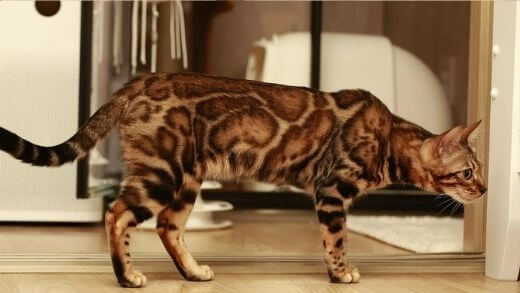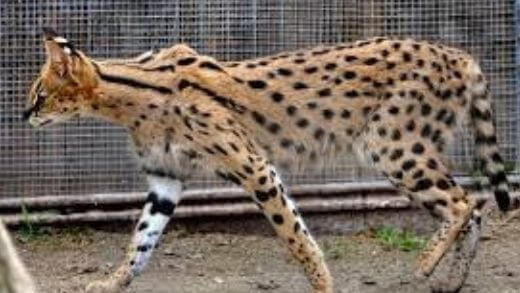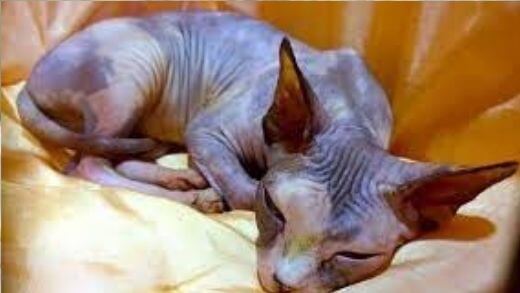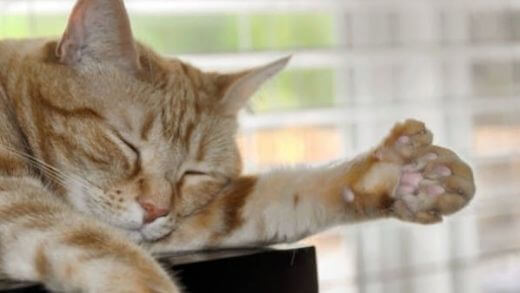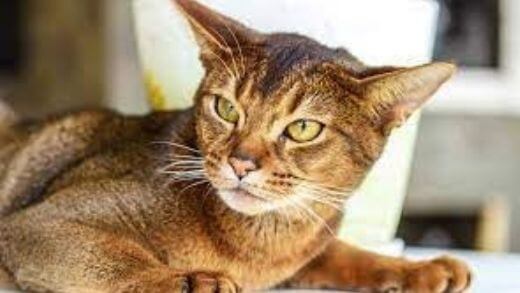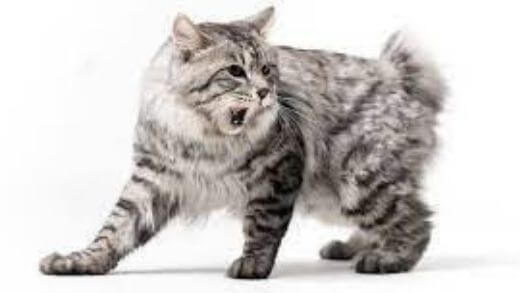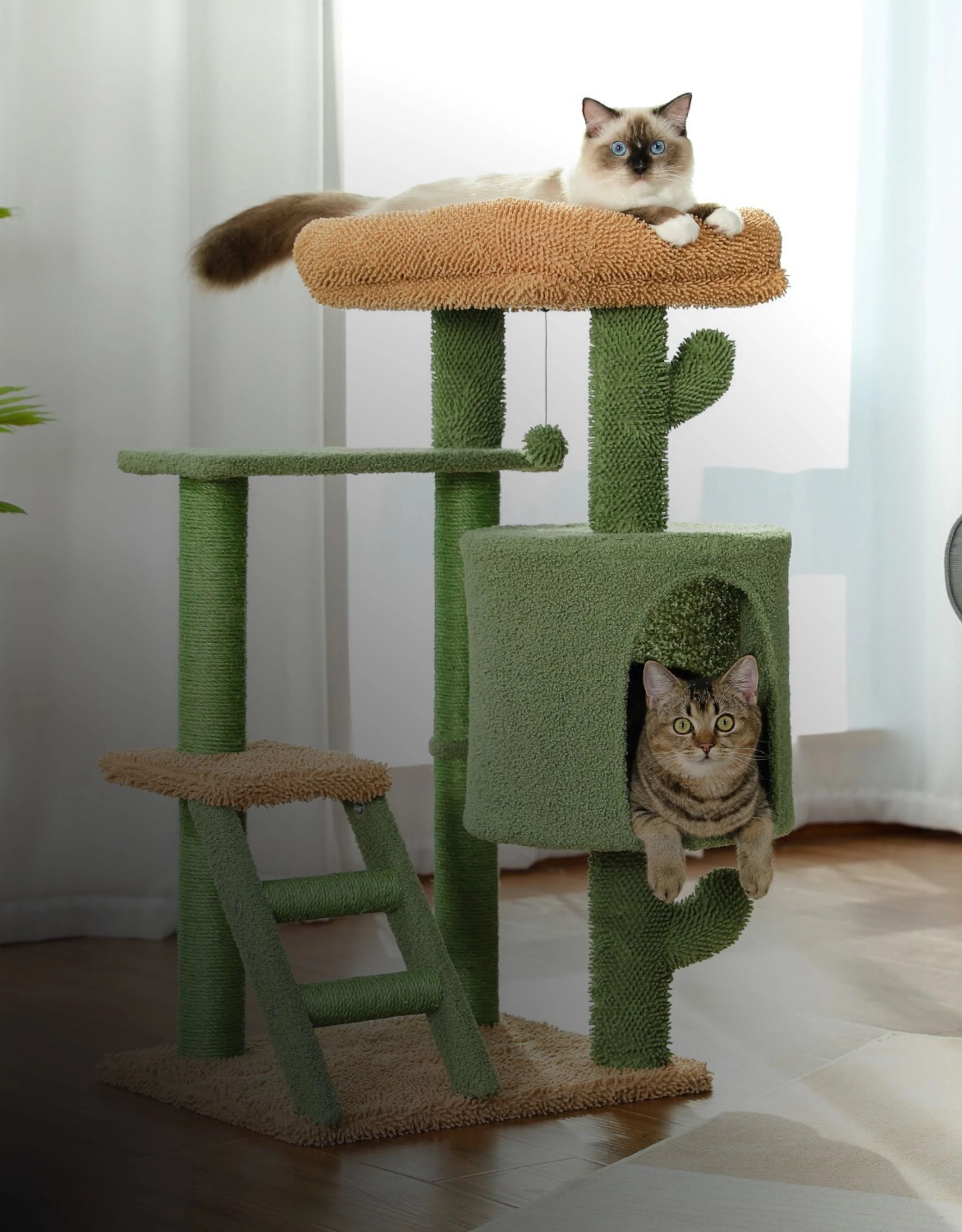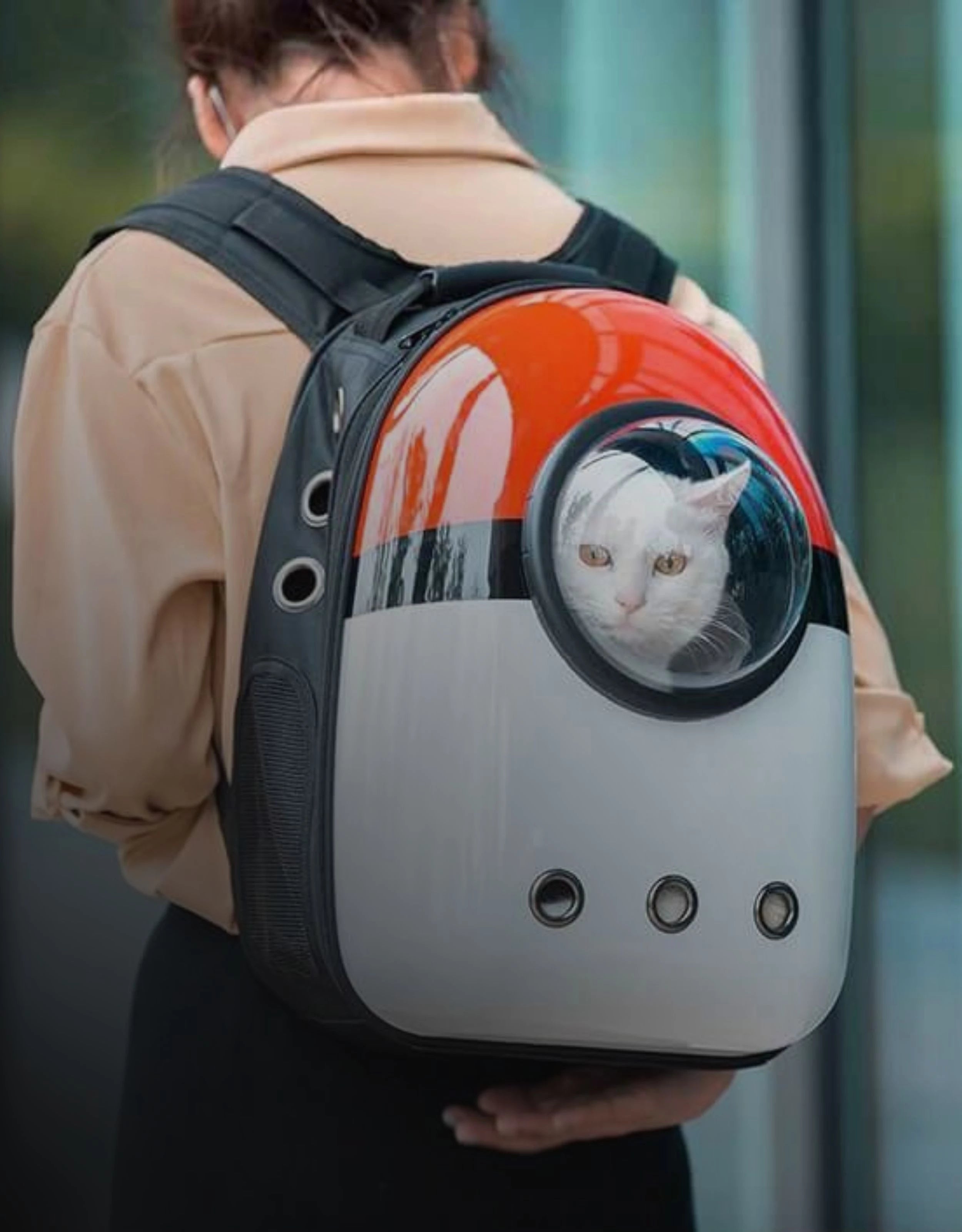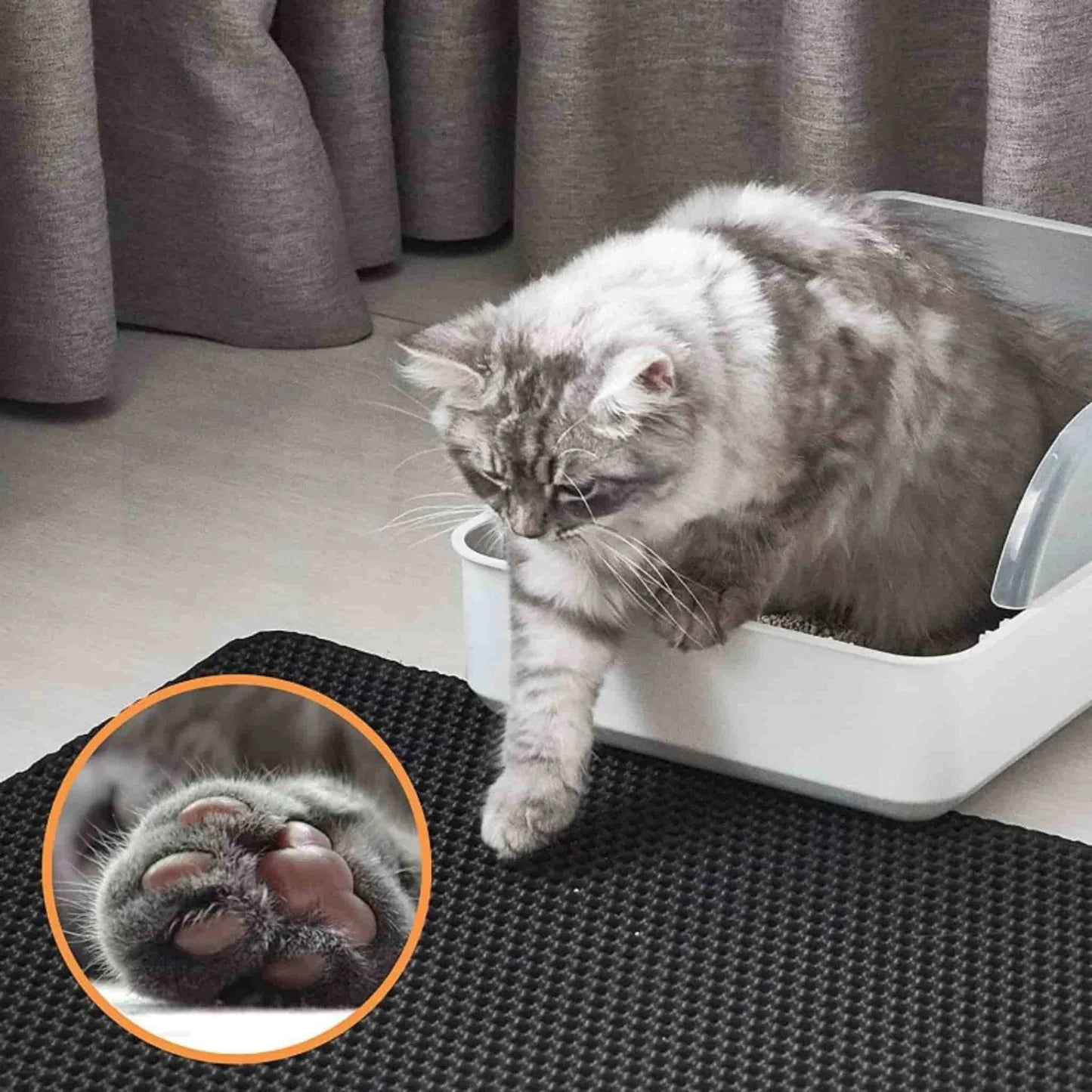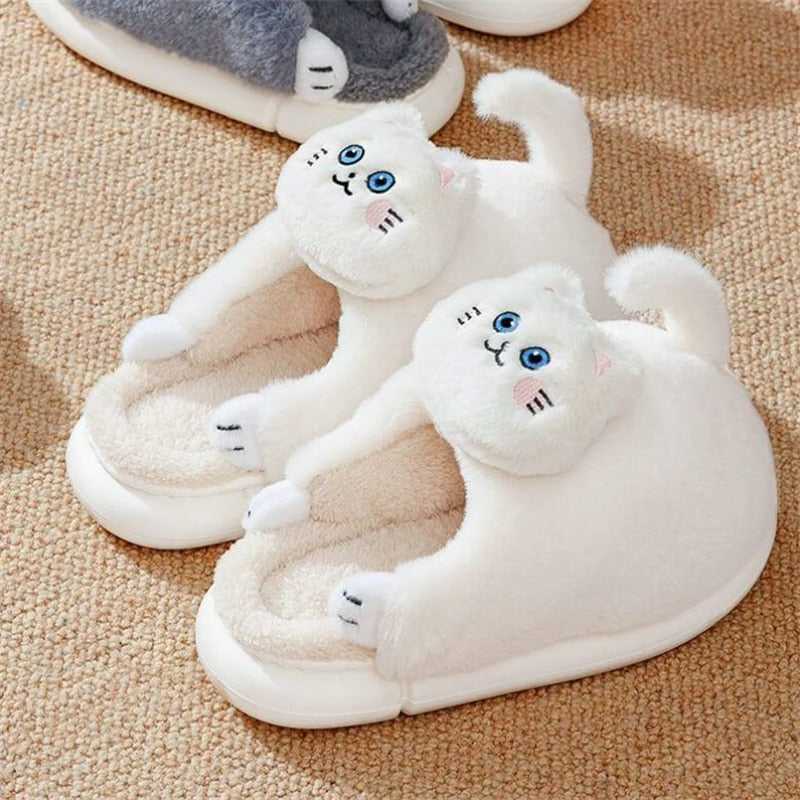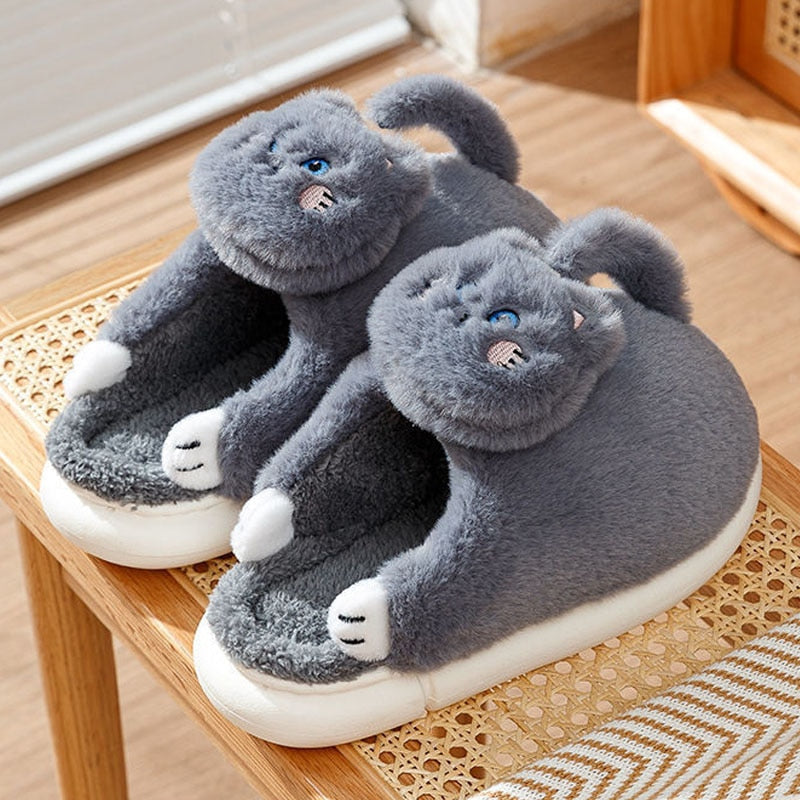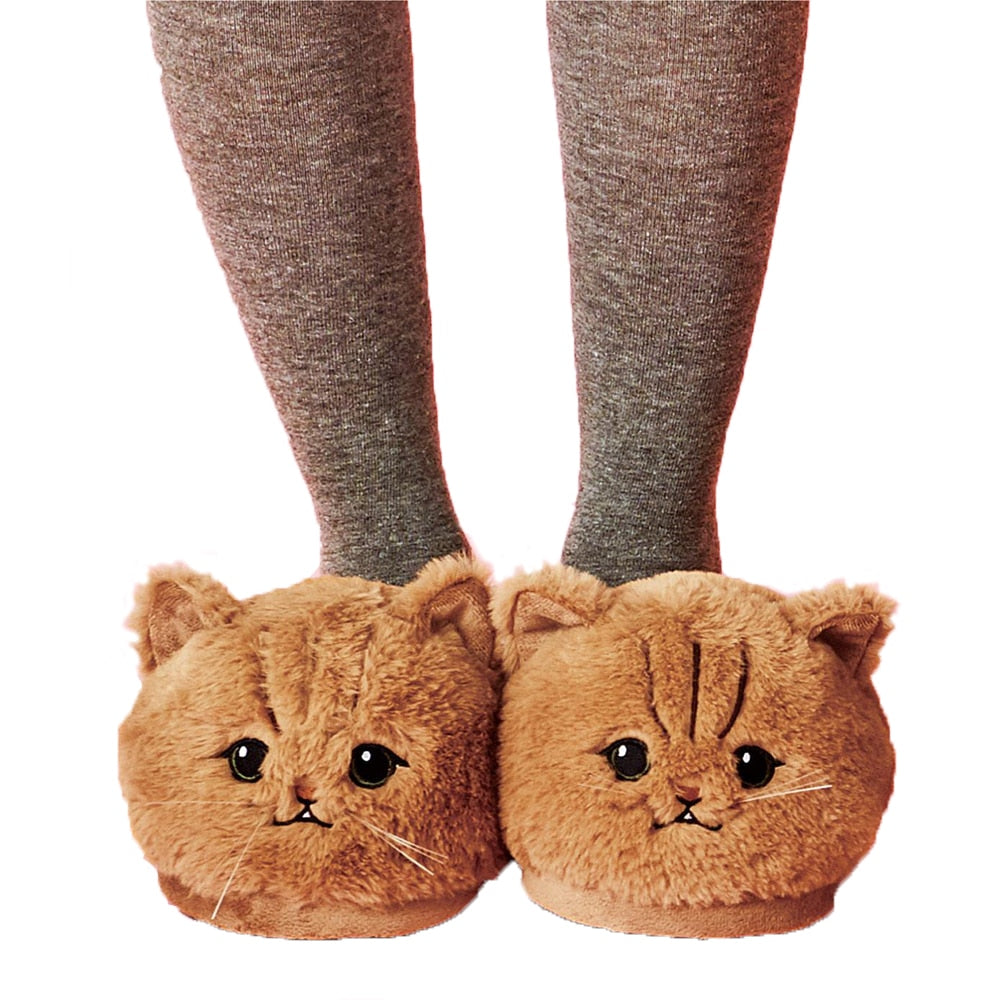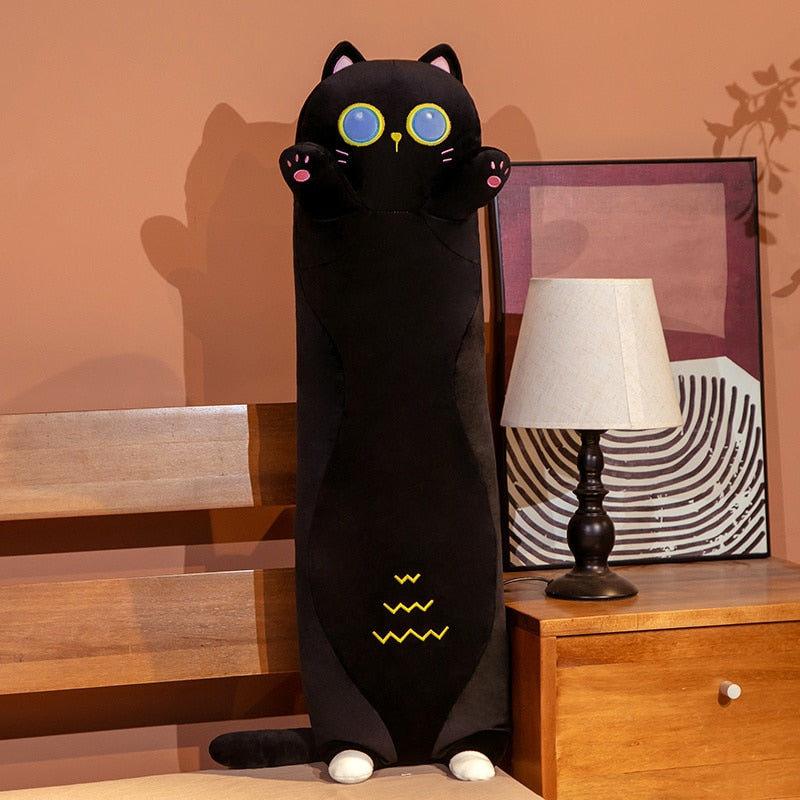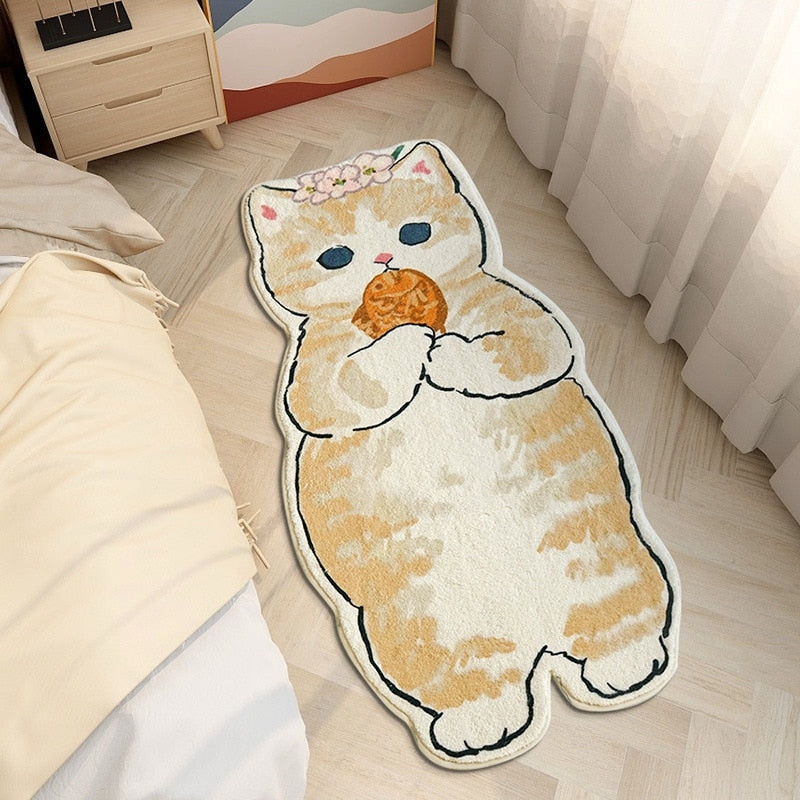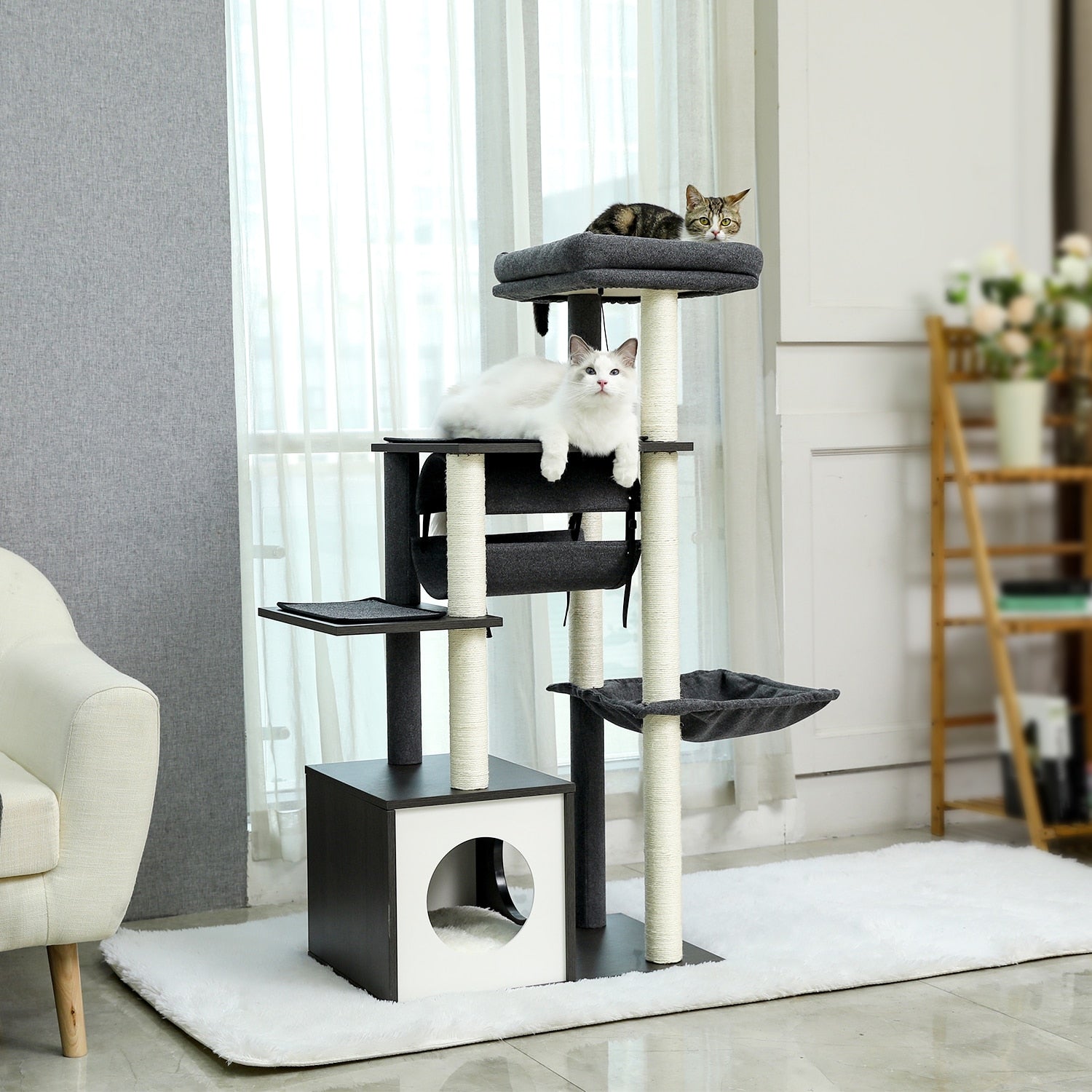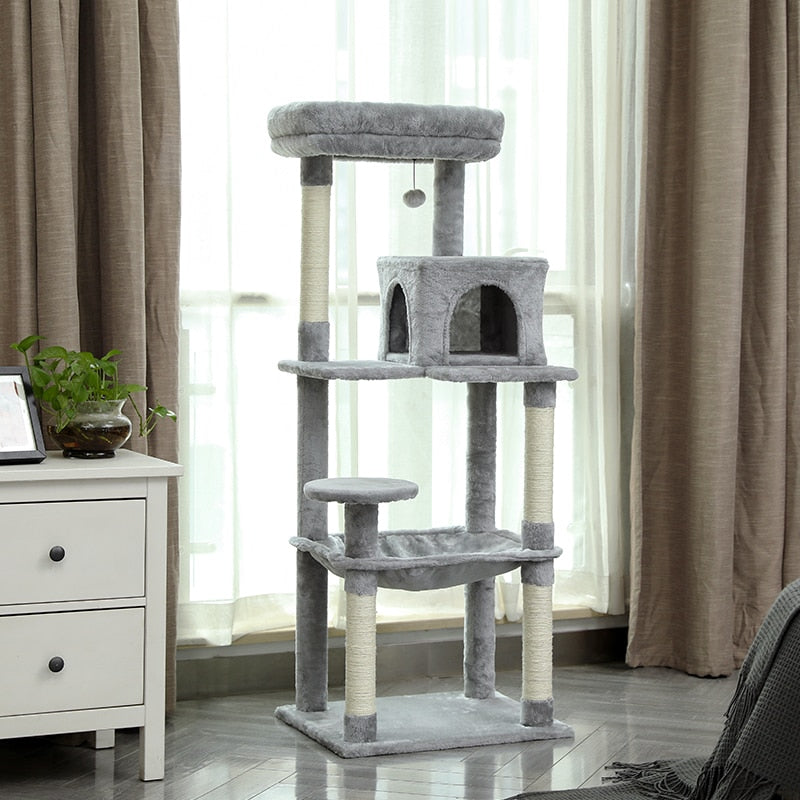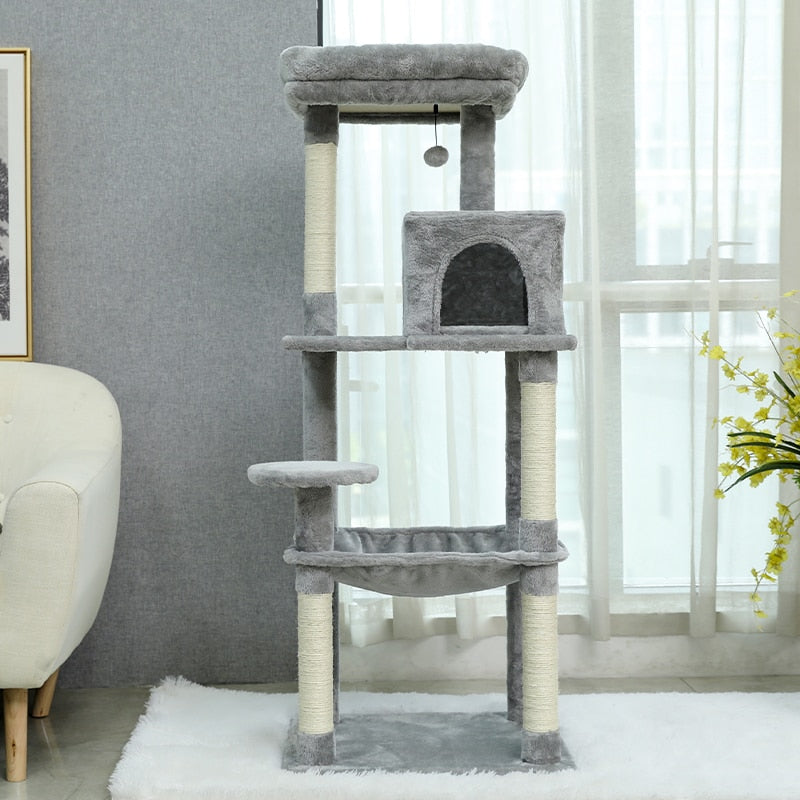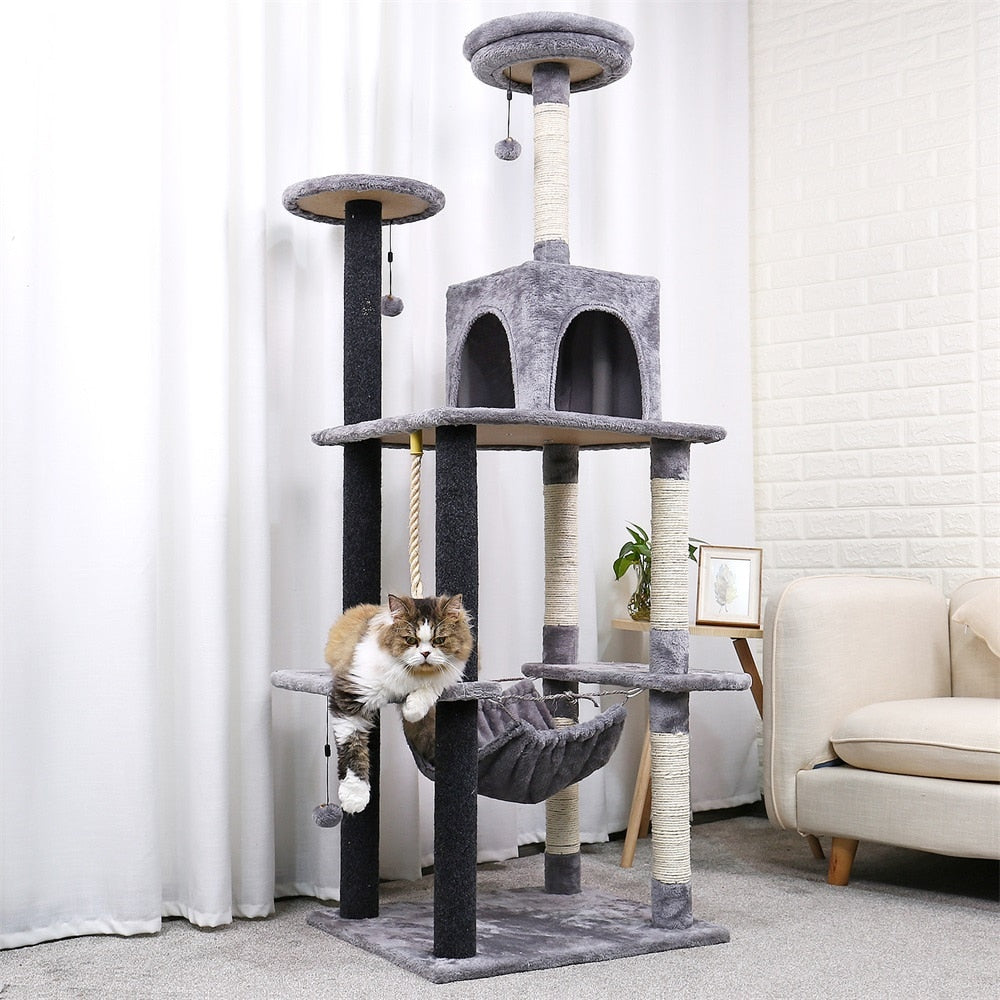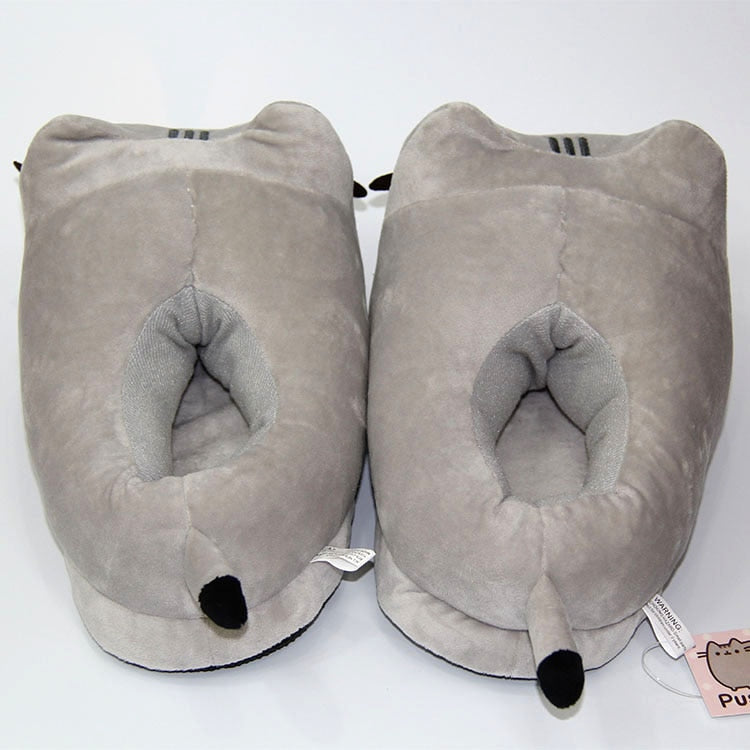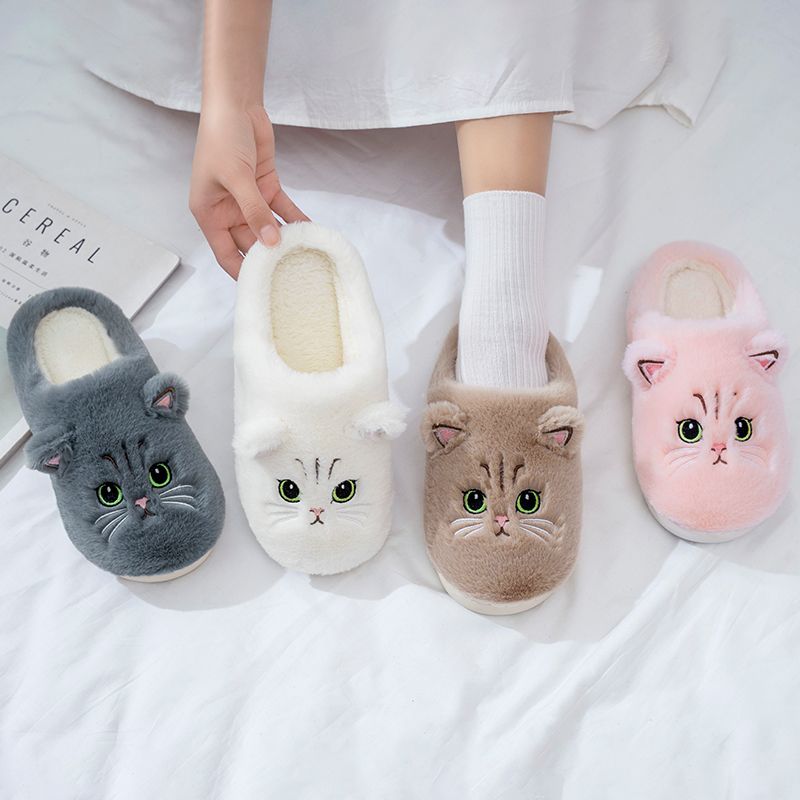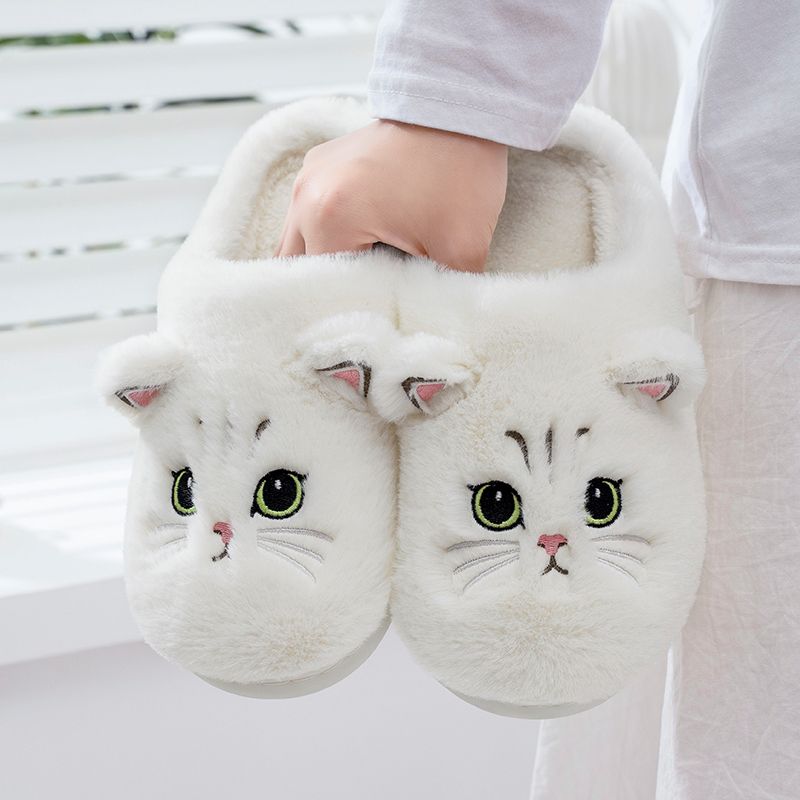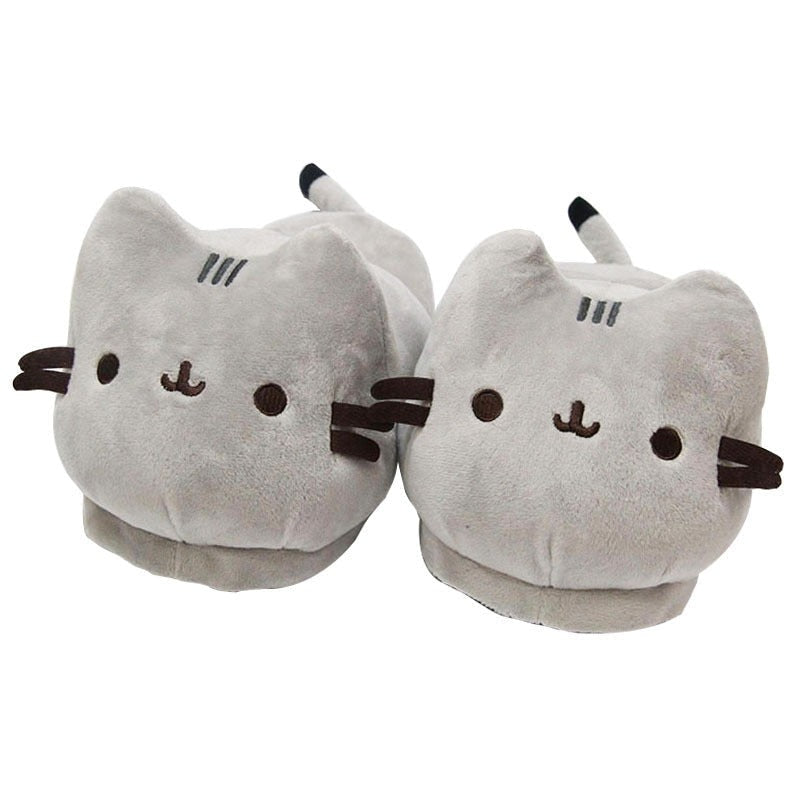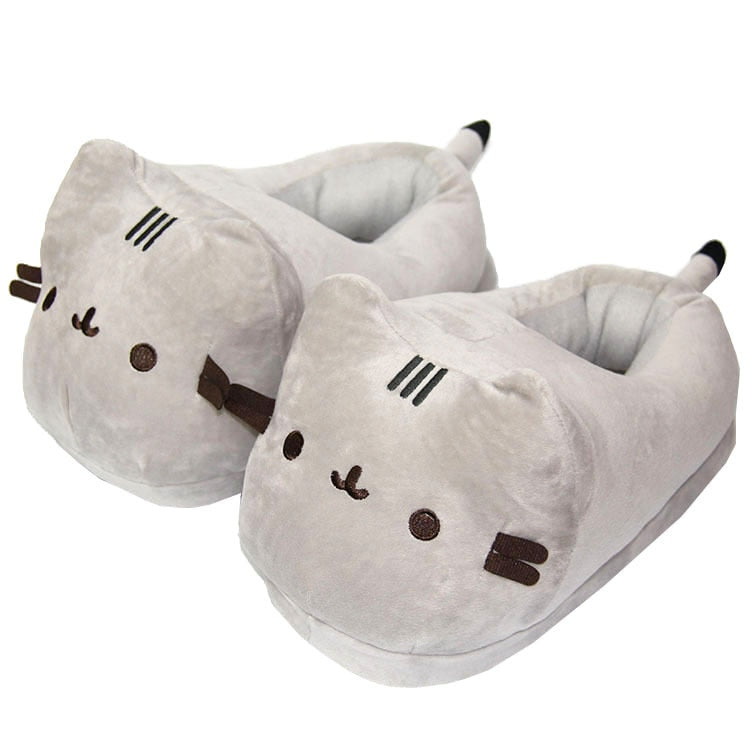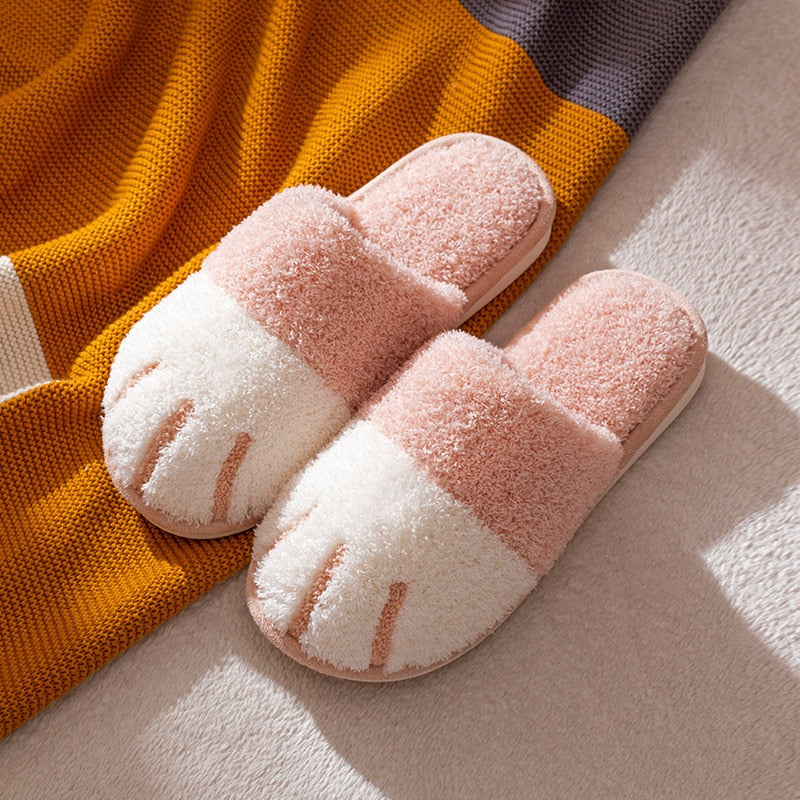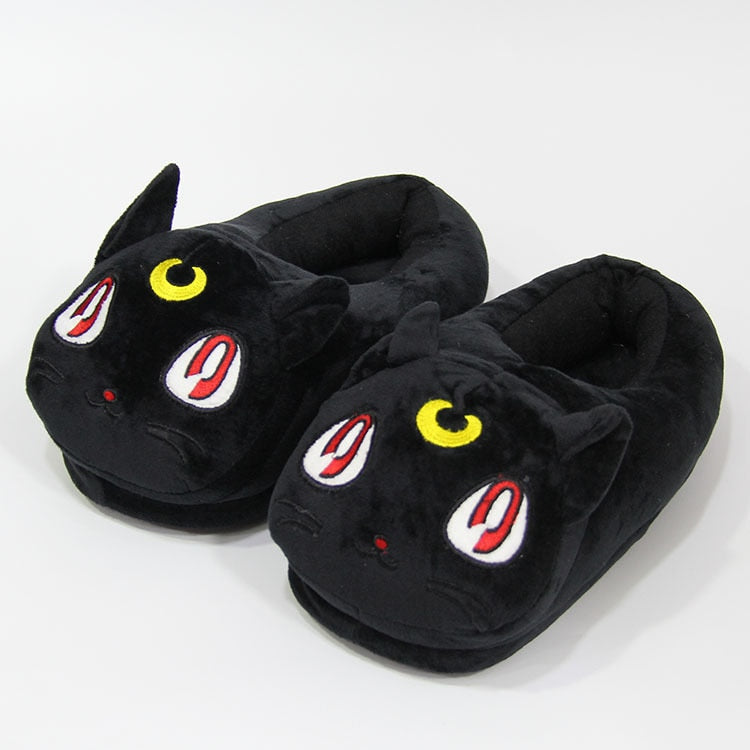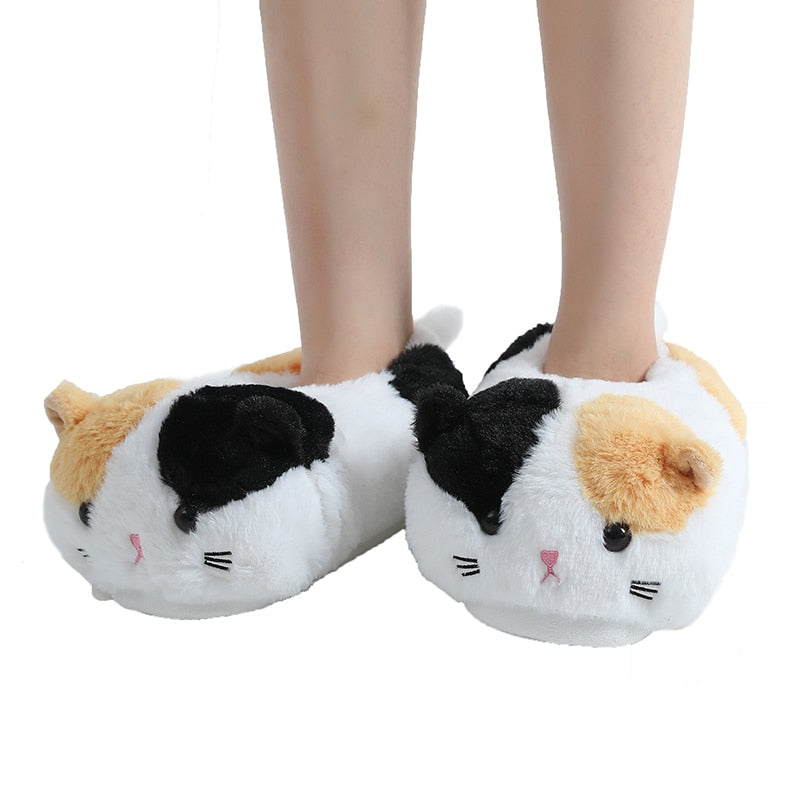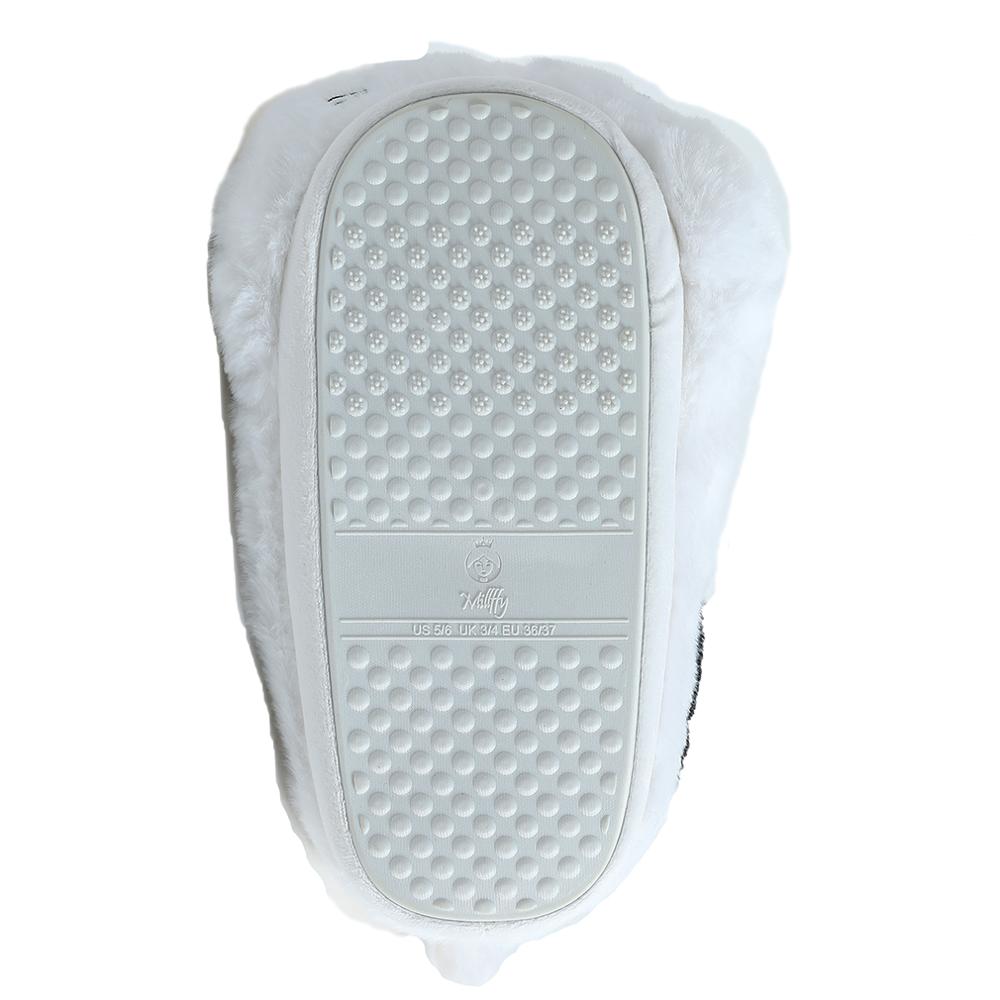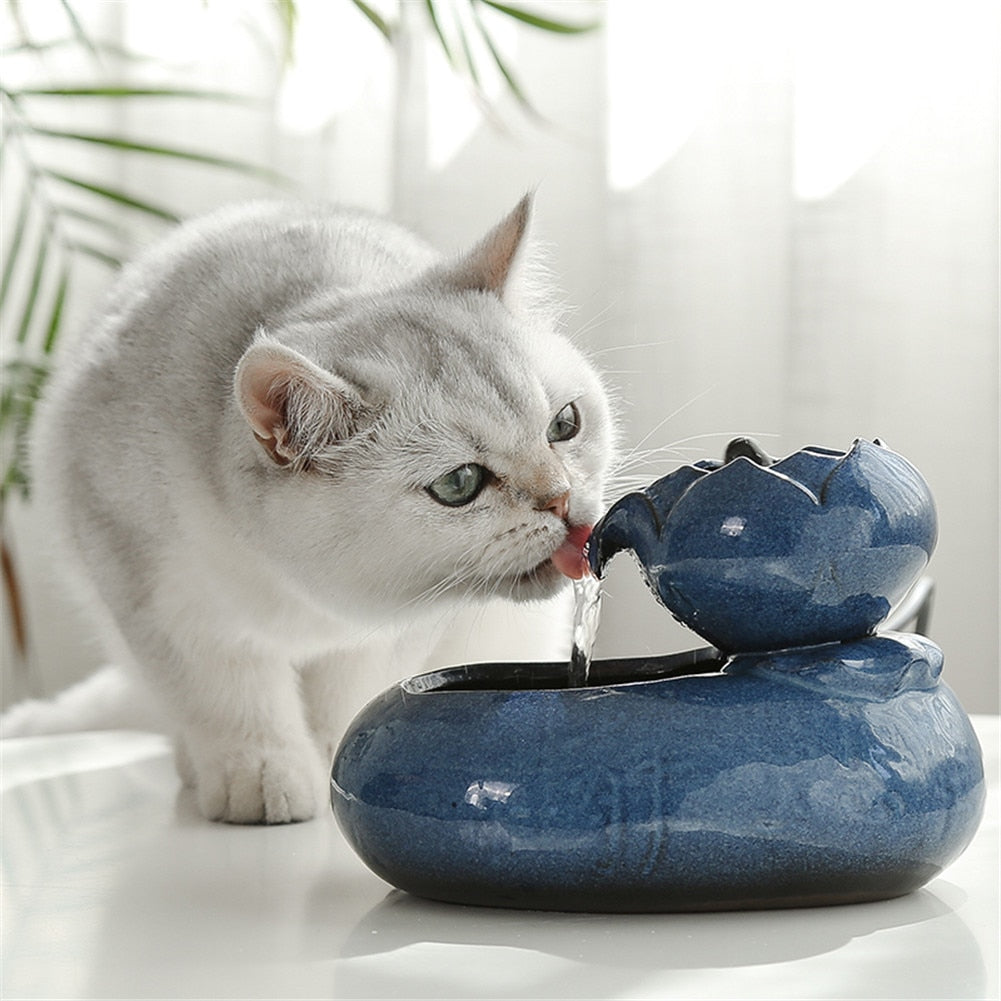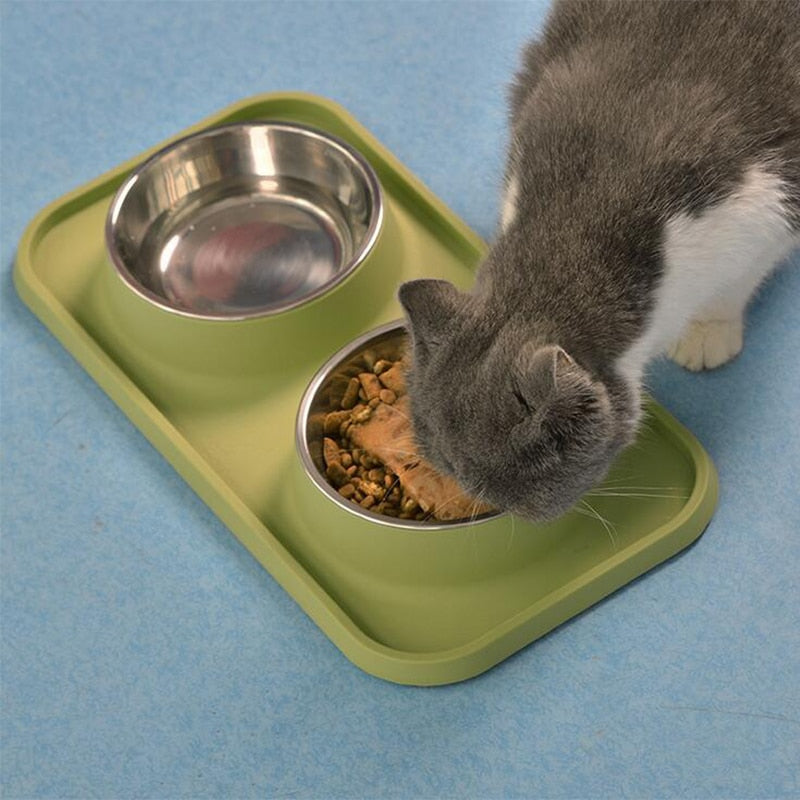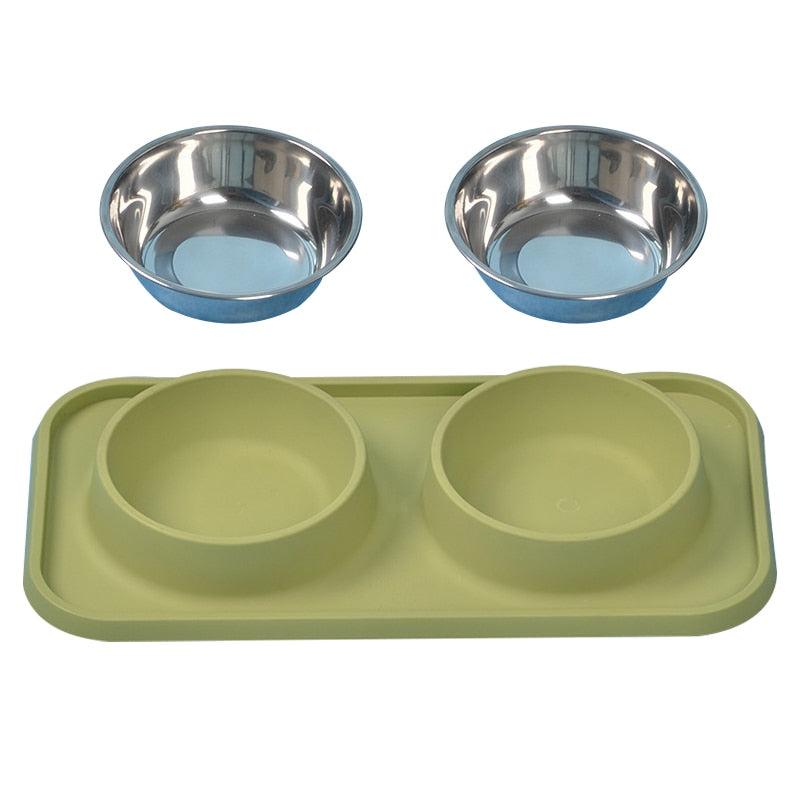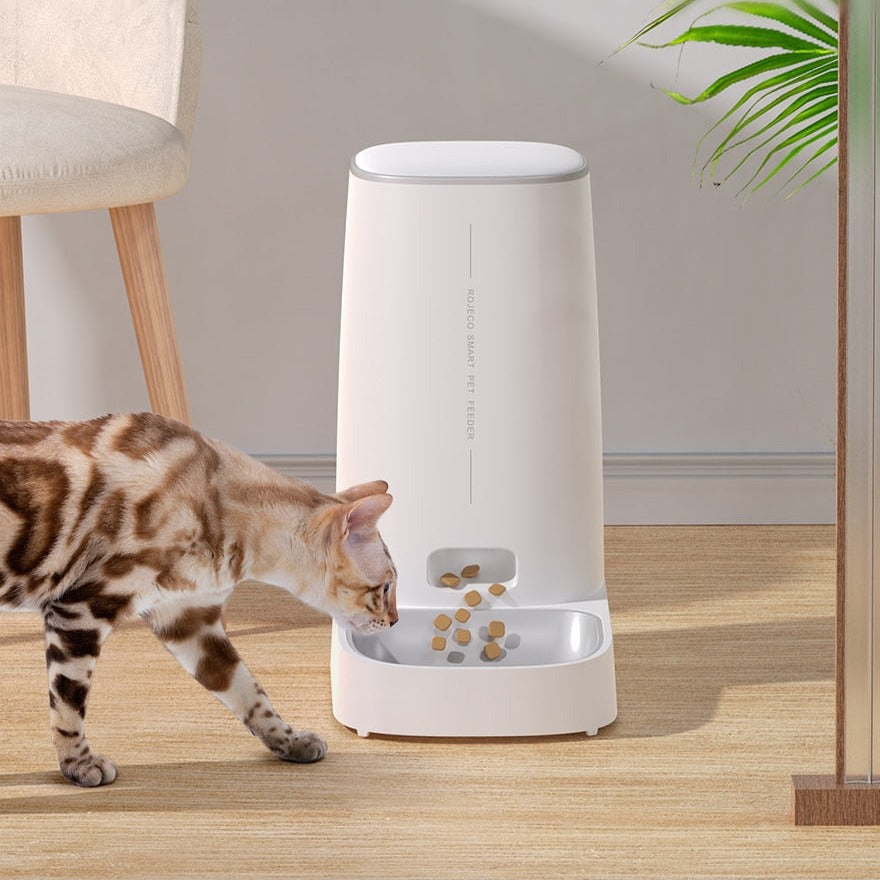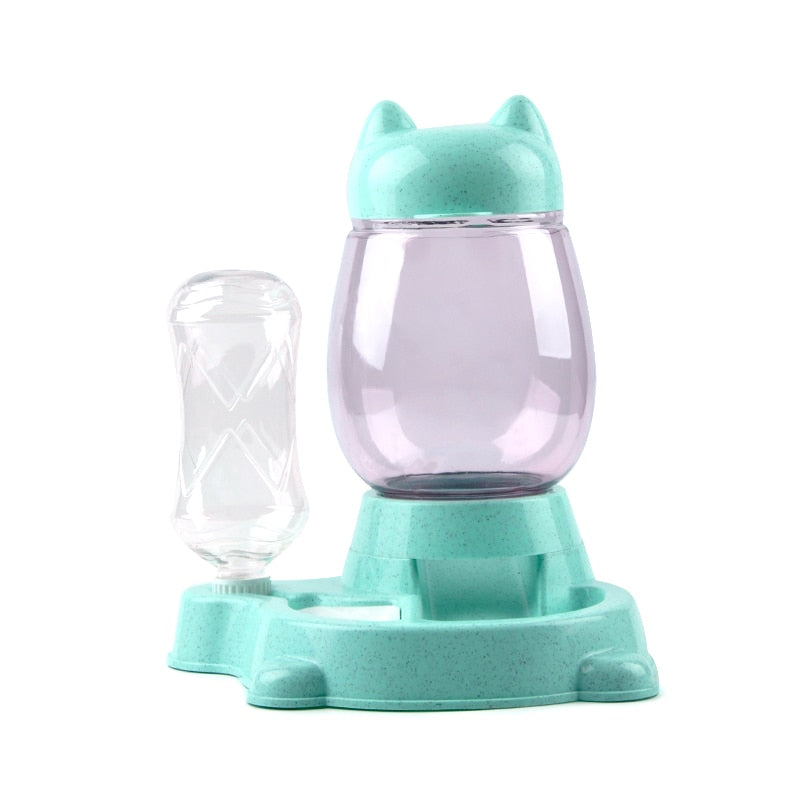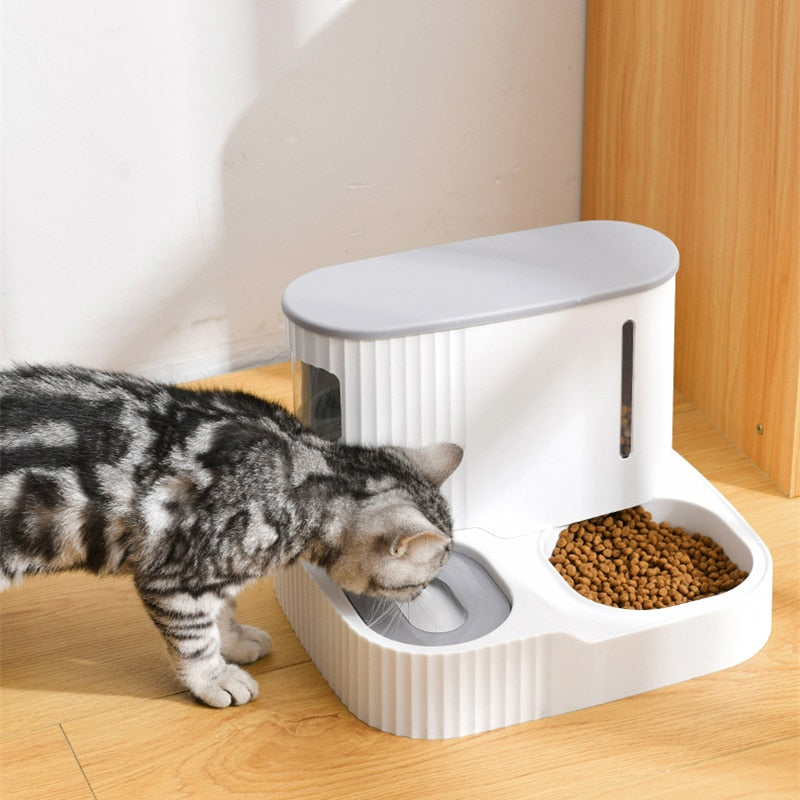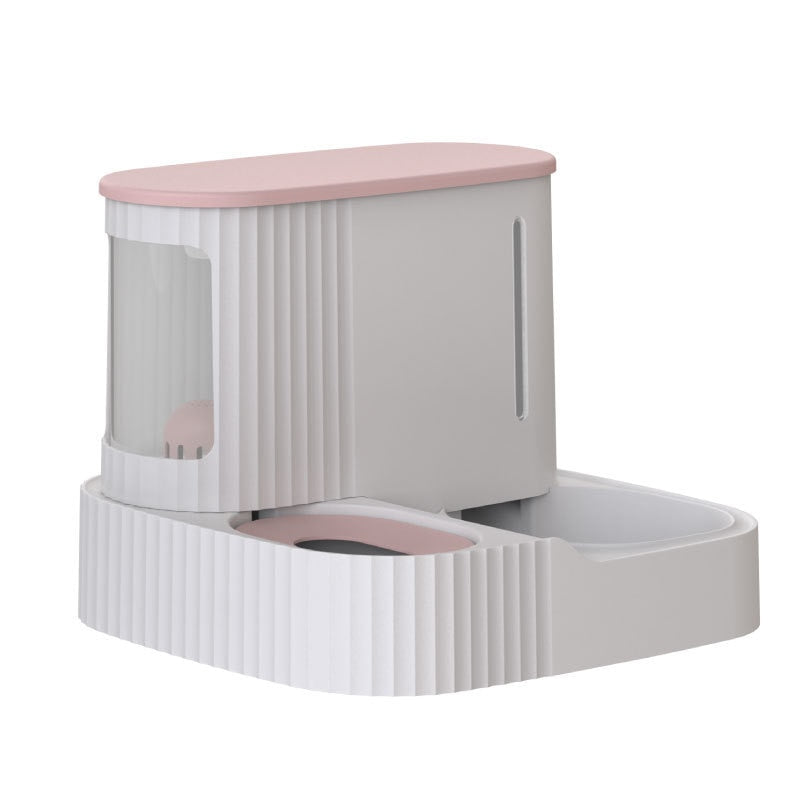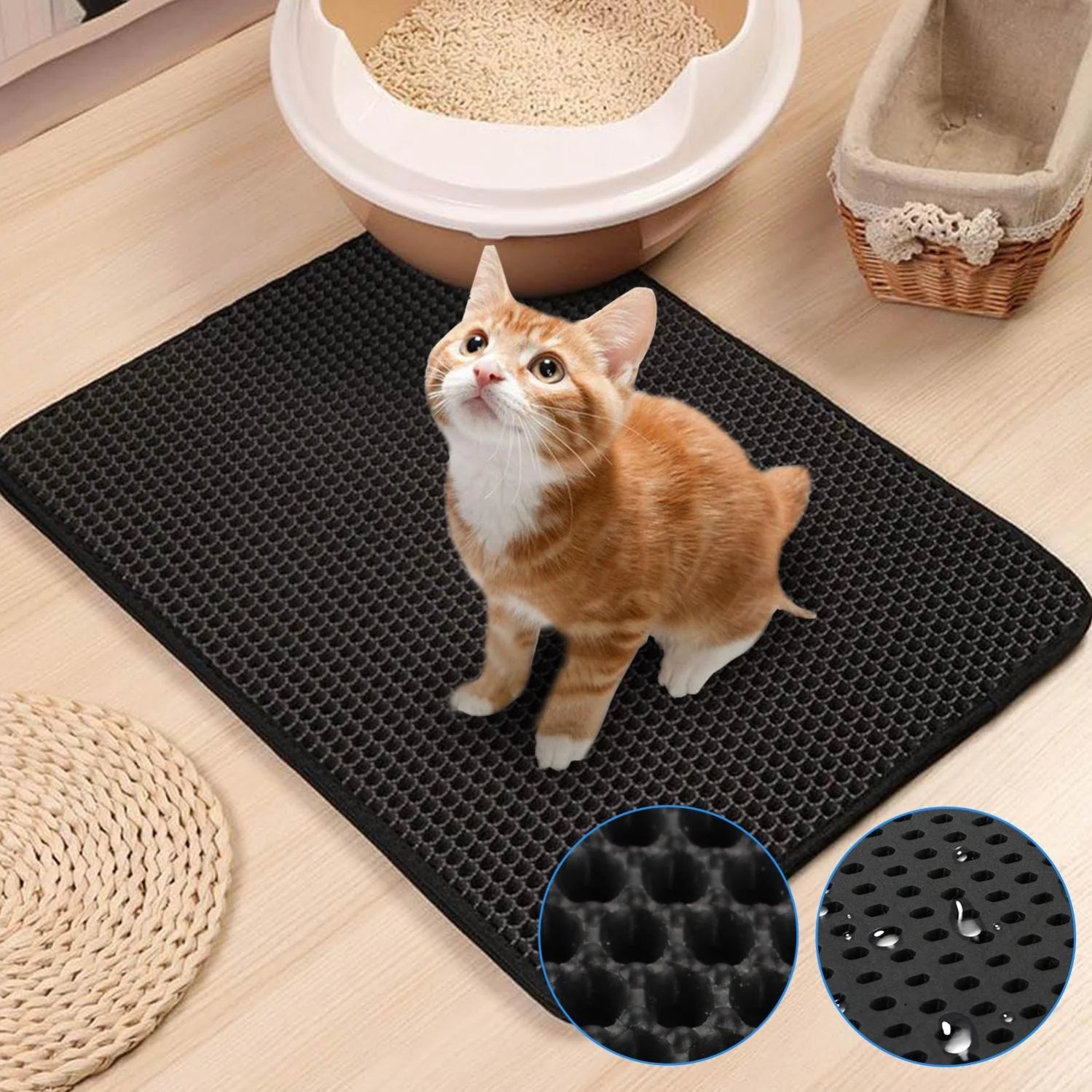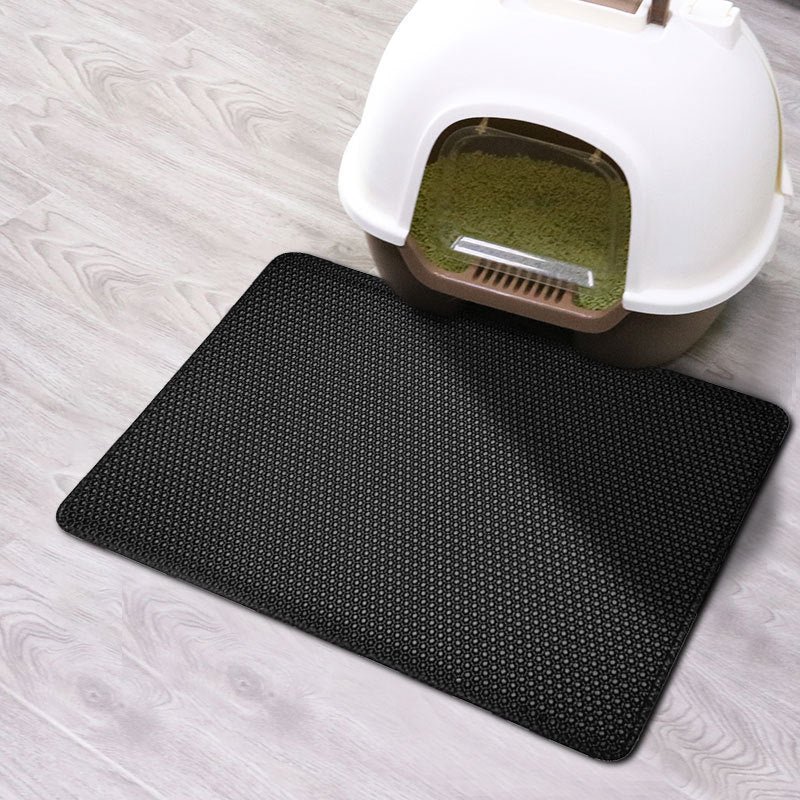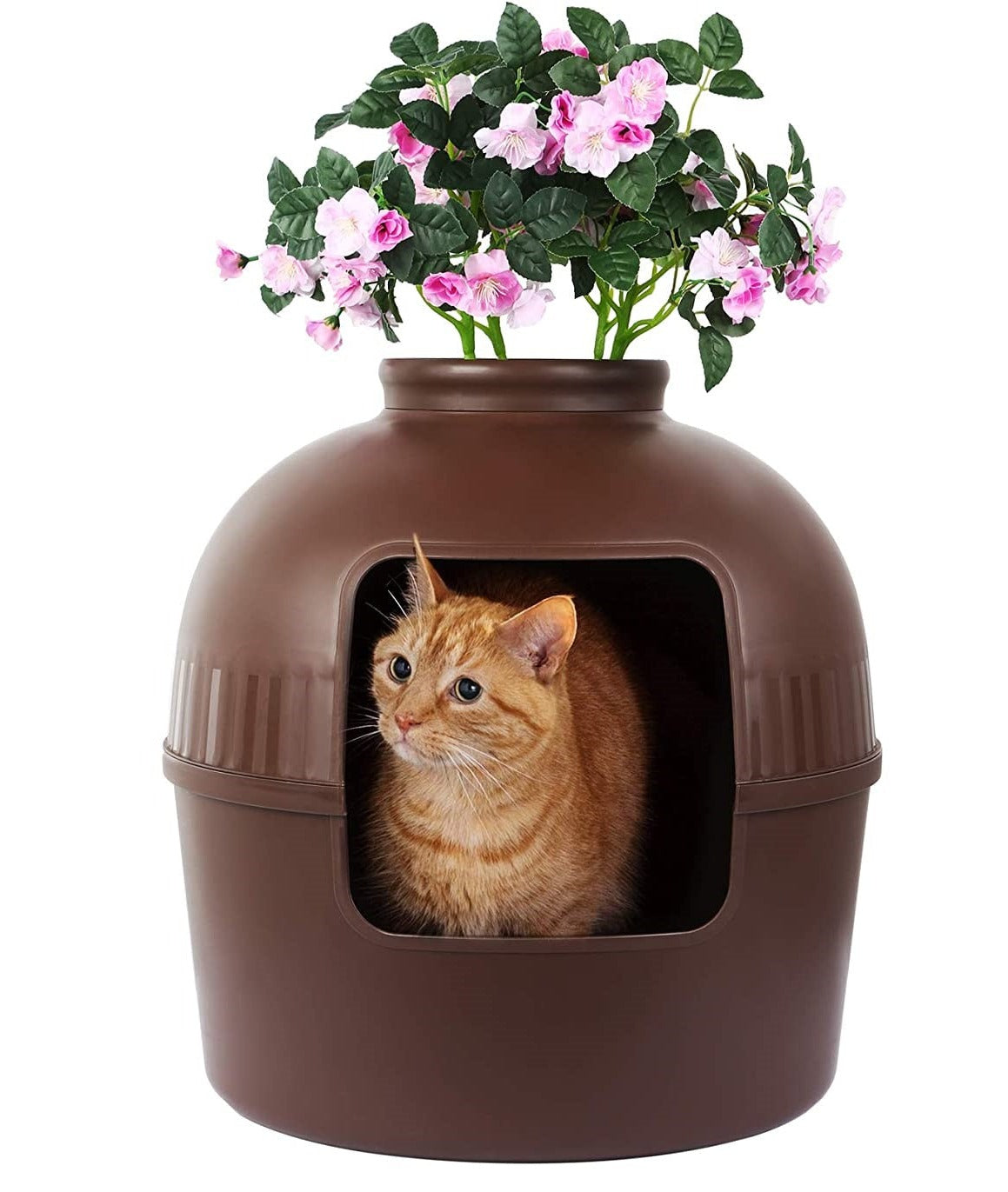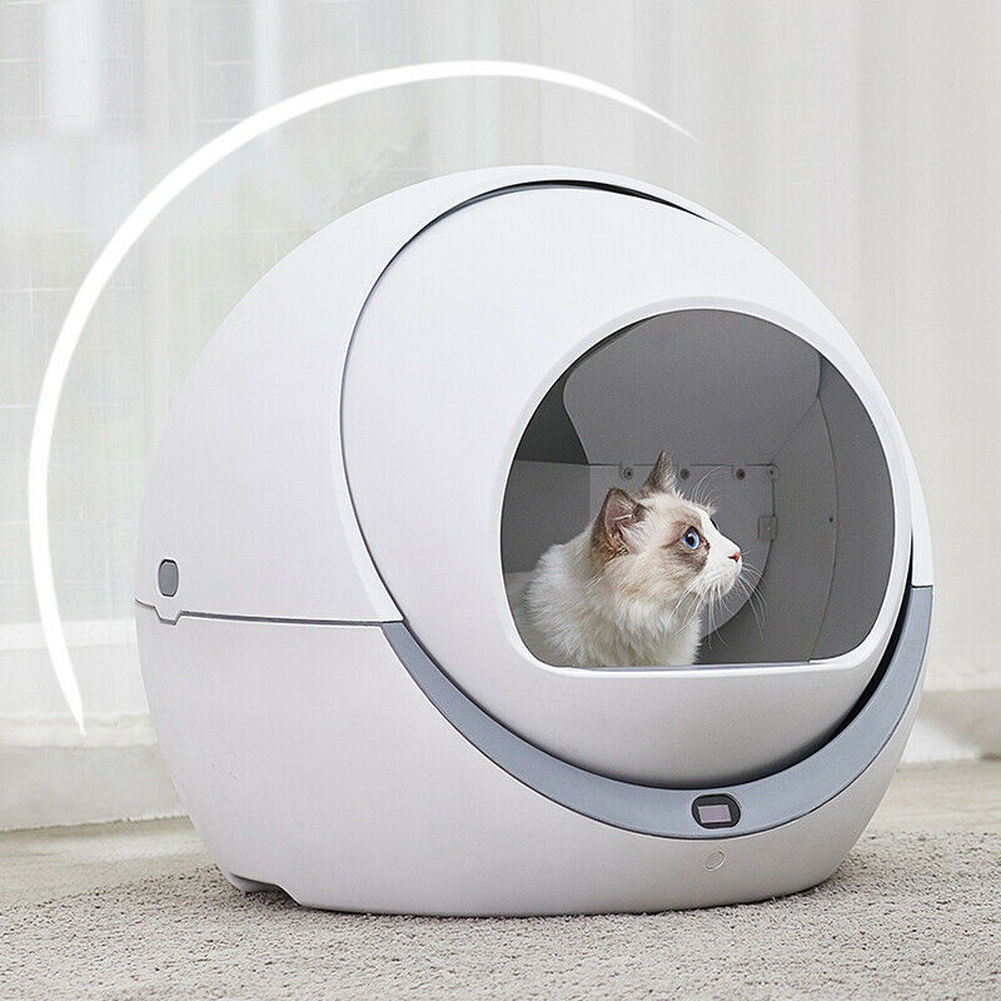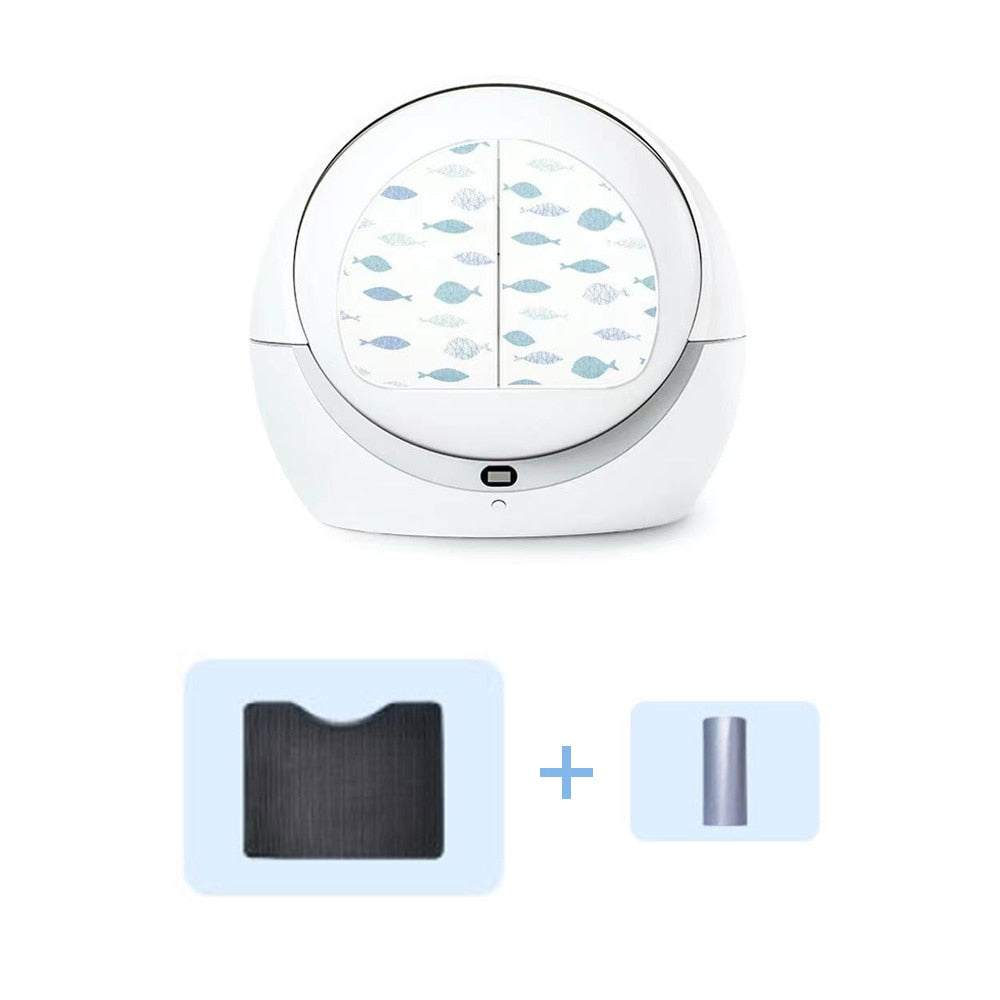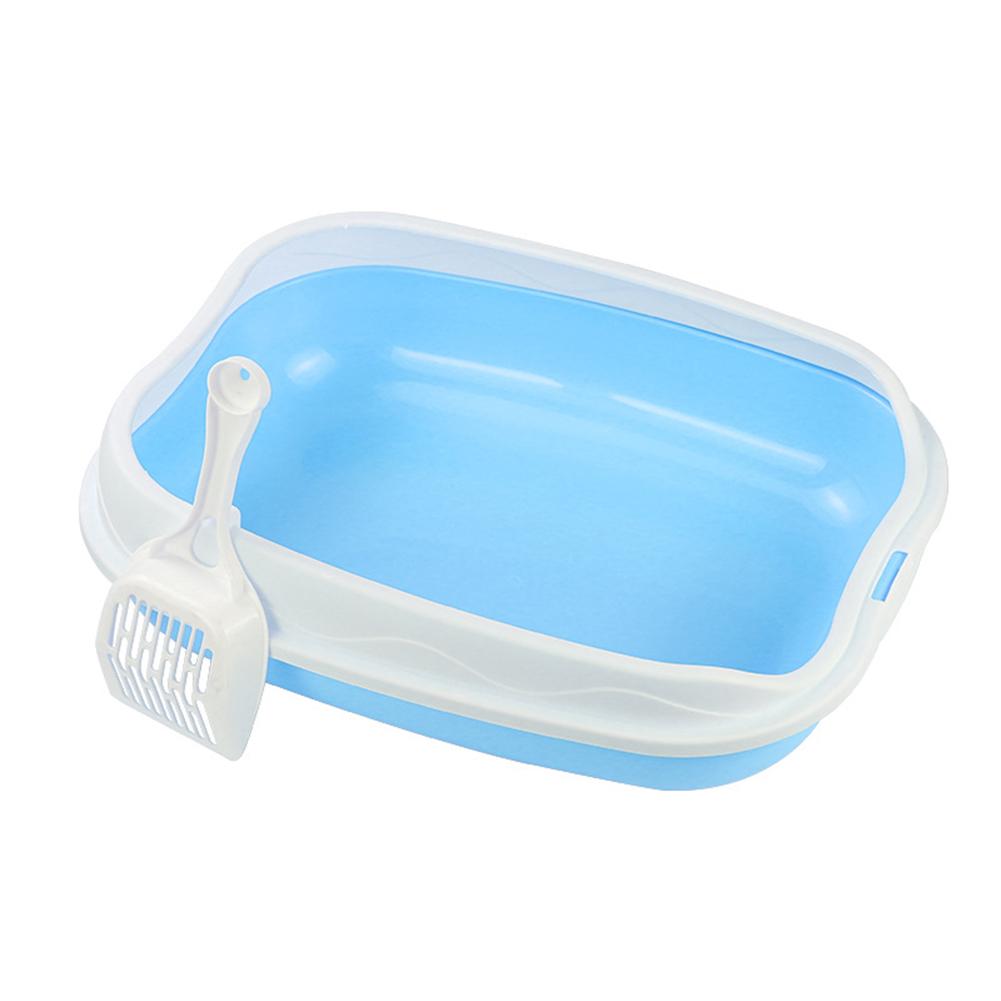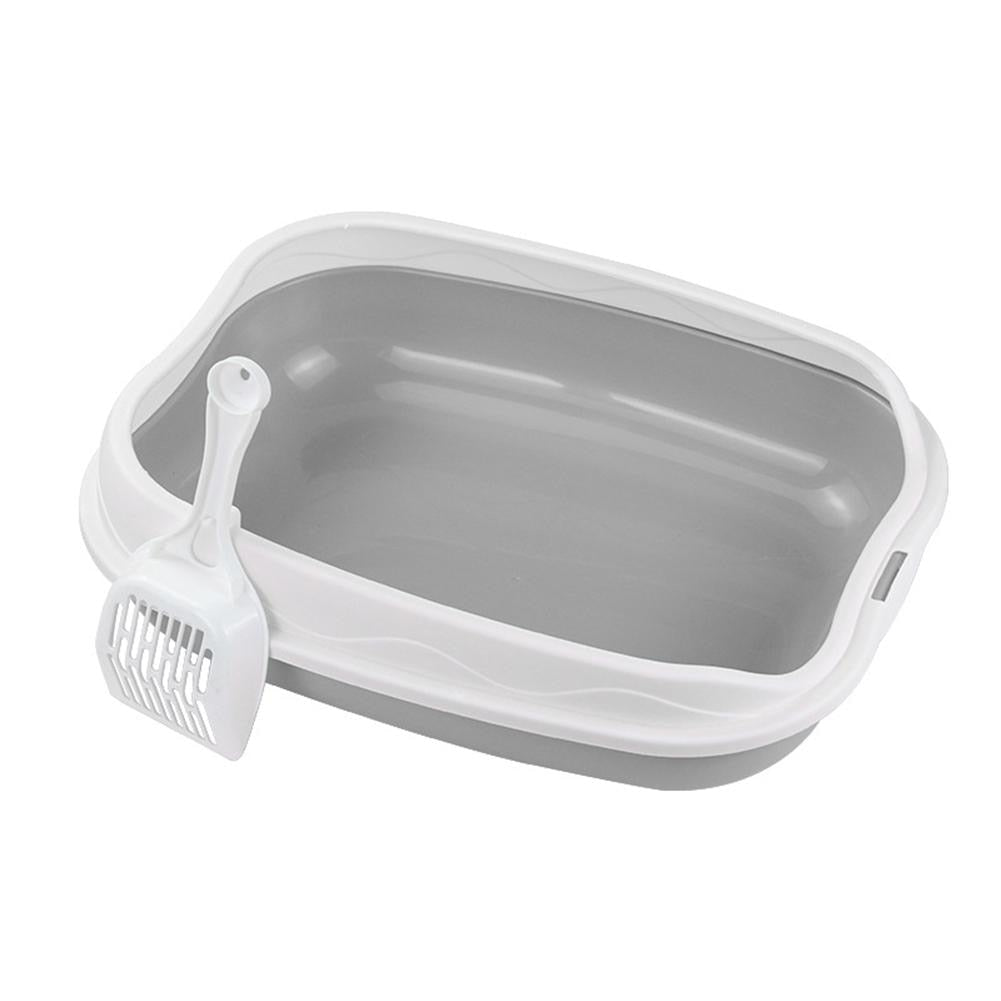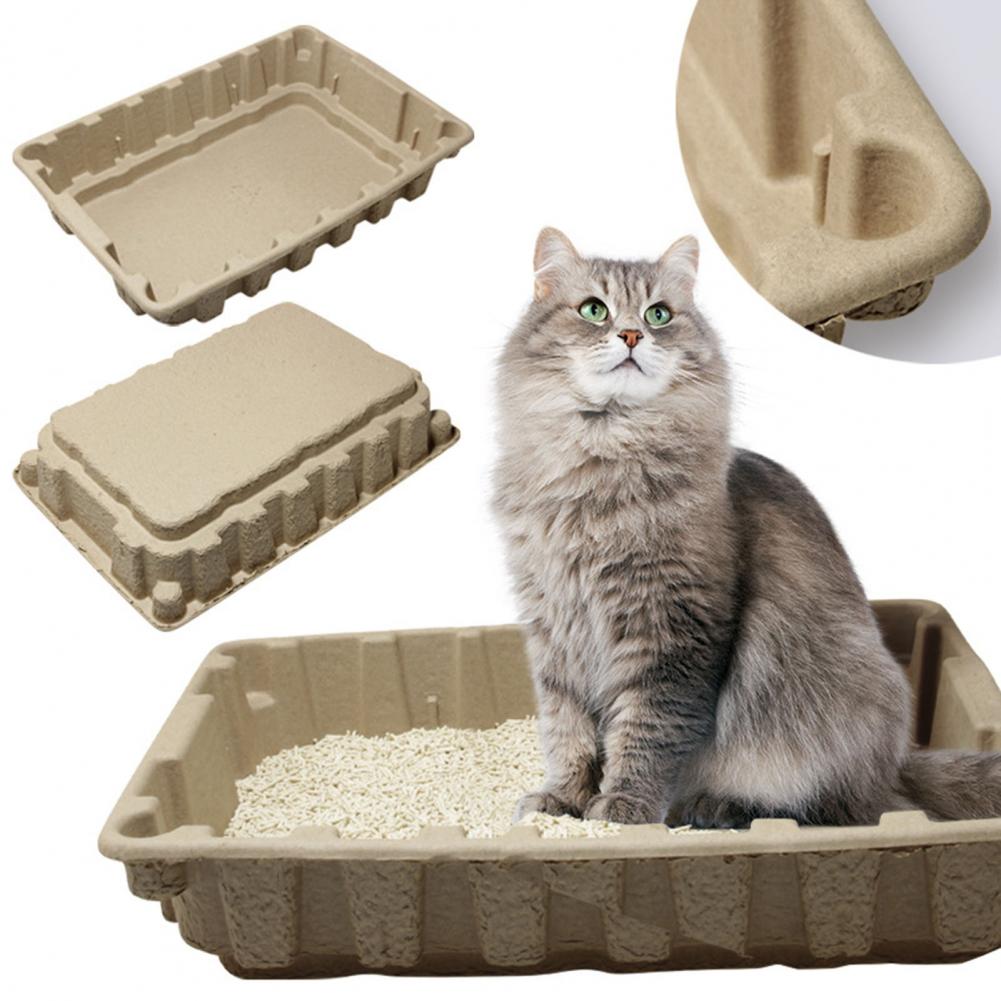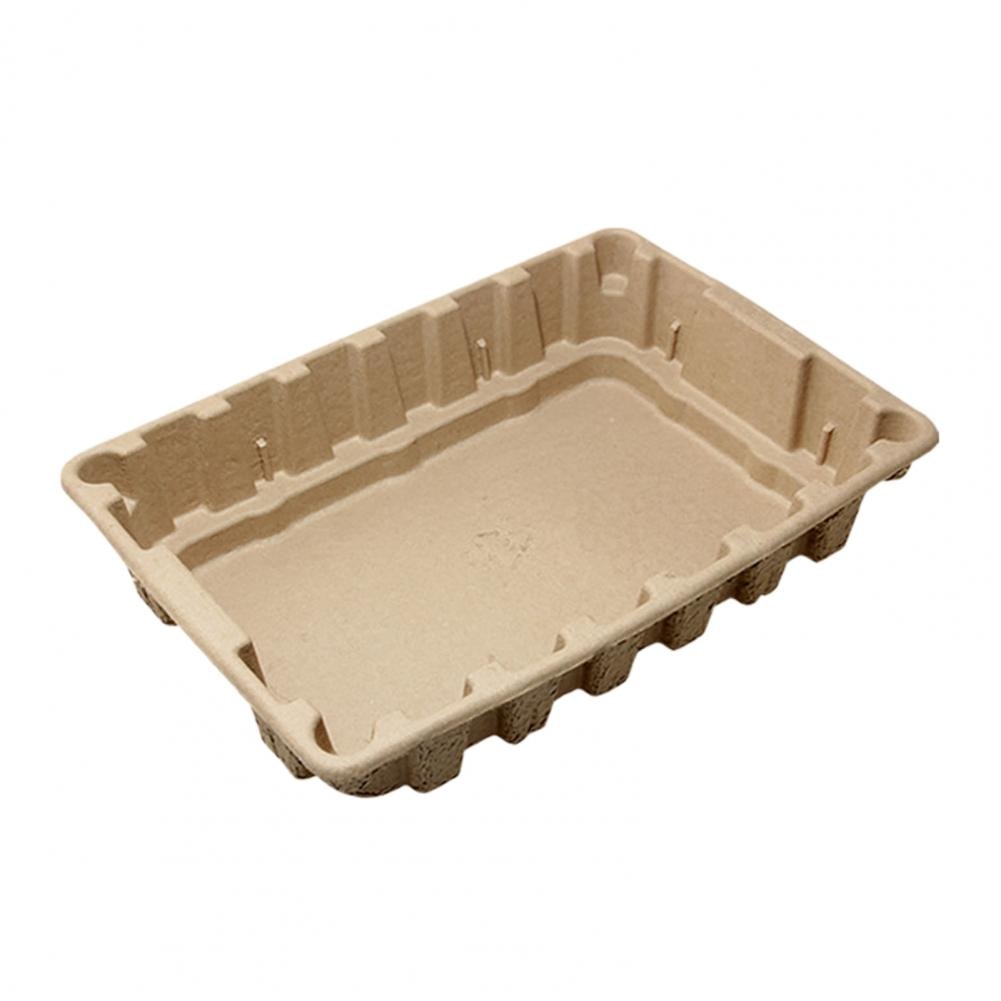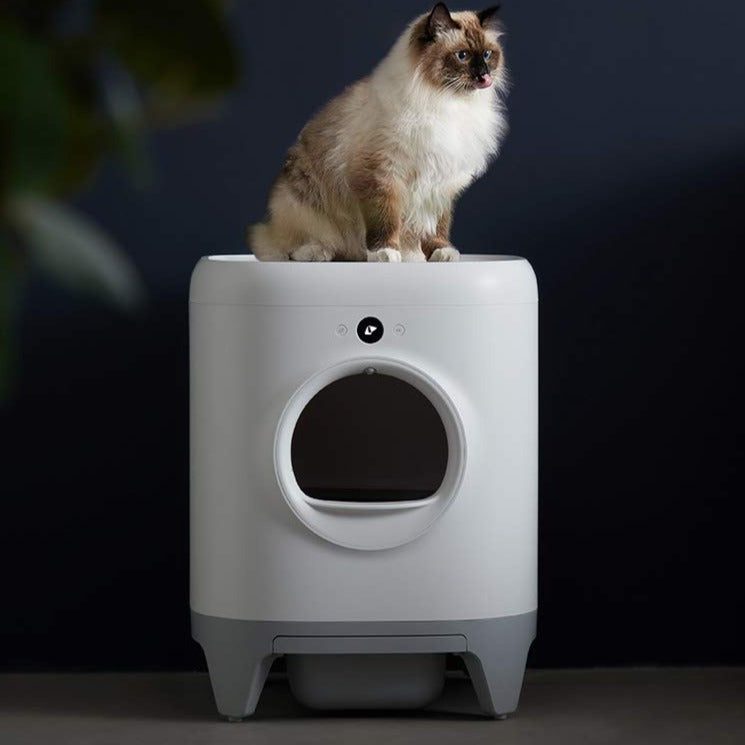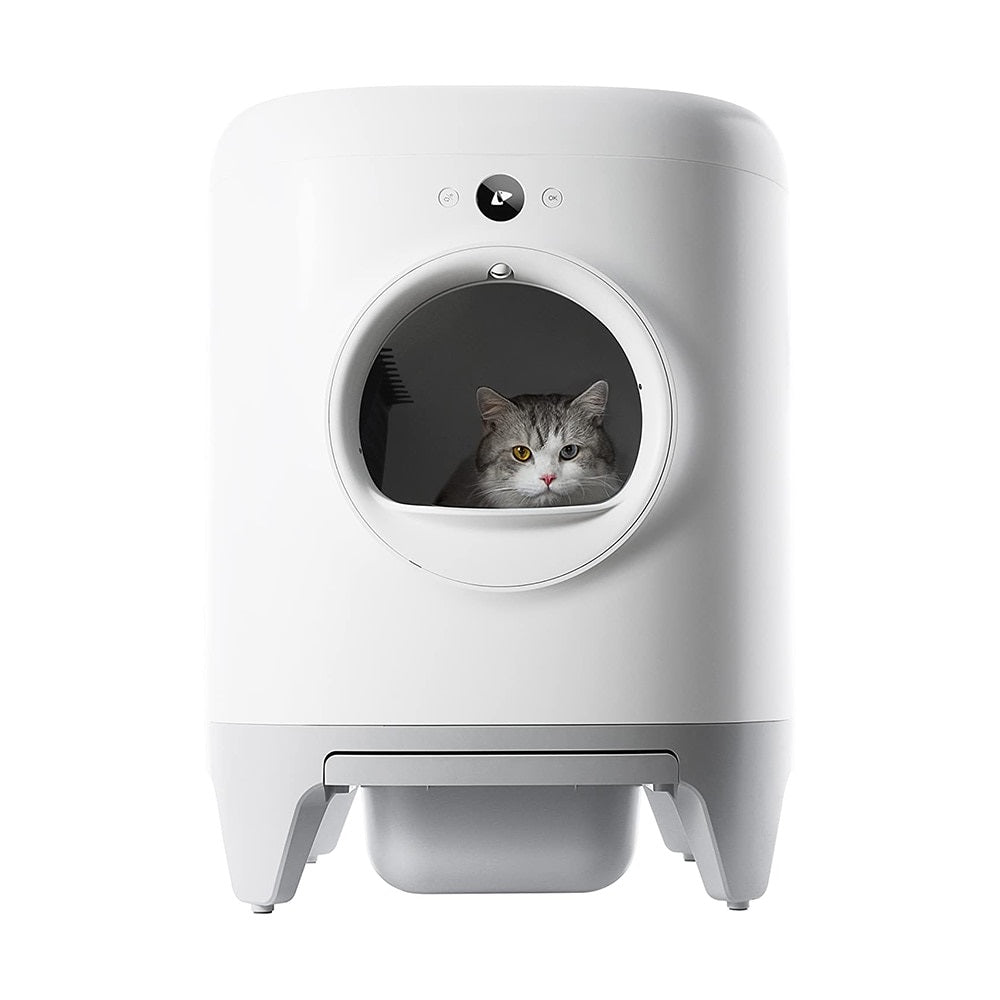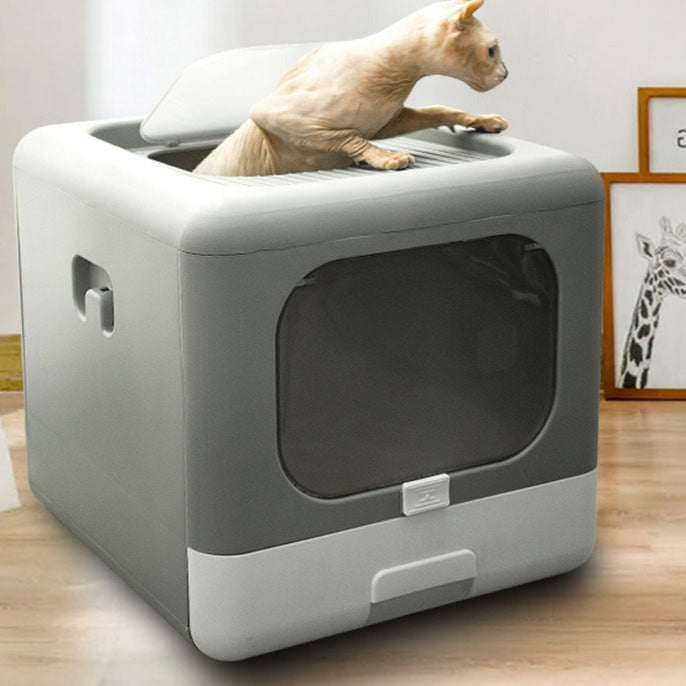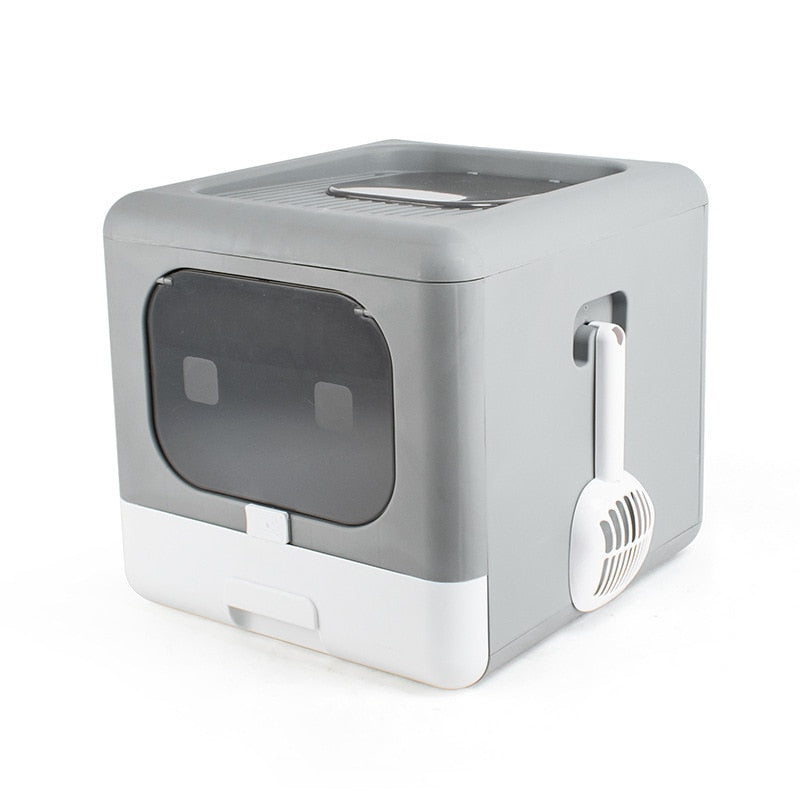Exotic Shorthair Breed Profile: Personality, Facts

Exotic Shorthair: Character, education, health, price - The right cat for you?
Still referred to as an Exotic cat, the Exotic Shorthair is a peaceful, friendly and caring cat, which has everything to please many cat lovers, especially since it requires very little maintenance. Nevertheless, you will be required to reserve a special touch of attention for it for a more fulfilling life by your side.
Below, you will discover everything you need to know about the Exotic Shorthair cat breed before deciding to adopt it, including its origin, physical characteristics, behavior, the special care it requires and many more.
Who is the ideal chat room?


Relatively calm, cuddly and composed, the Exotic Shorthair is a cat who lives a lot indoors, who appreciates company and comfort, but also games. He tolerates the presence of other animals and is quite fond of children, although he hates being handled like a toy.
Basically, as it adapts well to apartment life, the Exotic cat can easily adapt to life in a house, with or without children, in town or in the countryside. In addition, since it requires little maintenance compared to the Persian, it is well suited to people who are not always very available.
Origin and History of the Exotic Shorthair
The Exotic Shorthair is one of breeds of cat the most recent, which dates back to the 1950s in the United States. At that time, there was a breed called Domestic Shorthair which was quite popular, but above all which had identity flaws, as it had both physical similarities with the British Shorthair and the European Shorthair. As a result, she struggled to find a place for herself and compete with other more famous breeds.
The breeders have therefore given themselves the mission of creating, apart from the Domestic Shorthair, a new breed with its own peculiarities, by rounding the body a little, improving the color of the coat, while keeping the woolly fur and sweet from the Persian. Crosses were thus made between the Domestic Shorthair and the Persian, and led to a breed called American Shorthair. Then, the American Shorthair specimens which had the most Persian characteristics were set apart and crossed with British Shorthairs.
It is from this long process that the Exotic Shorthair breed was born, which is similar to that of the Persians, but rather with short hairs. The breed was officially recognized by the CFA in 1966, then by the FIFE 20 years later. Today, it is present in the United States and in France, and only crosses with the Persian breed are admissible.
Physical characteristics of the Exotic Shorthair
The Exotic Shorthair has a heavy, round and broad domed head. The nose is also broad and flat, and the nostrils wide open. The eyes are large, round in shape and of a pure and intense color, giving her an innocent and gentle look. Their colors generally vary from gold to copper, but can be green or blue in some specimens. The ears are quite small and rounded at their tips. They are very distant from each other and quite bushy.
According to the Official Book of Feline Origins, the Exotic Shorthair has a massive body which he calls a cobby. He is a medium-sized, muscular body with a sturdy frame, a wide chest and massive shoulders. One of the small cat breeds, the Exotic Shorthair has strong and sturdy short limbs, with round legs and if possible bushy between the toes. The tail is also quite short and small, but thick and rounded at the end.
In terms of dress at the Exotic Shorthair, there are no predefined standards: all known Persian colors are allowed. Likewise, all divisions (point, tabby, tripped, particolore and smoke) are also recognized. Note that although it falls under the category of shorthair cat breeds, the hair of the Exotic Shorthair is slightly longer than that of other breeds in this category. The fur is very dense, erect and teddy-looking.
Behavior of the Exotic Shorthair
The Exotic cat is known to be very sweet, curious, quick-witted and very patient. Very affectionate, he is sometimes a pot of glue, especially towards his master whom he likes to follow everywhere. This is why he is often compared to a puppy.
The Exotic Shorthair is a game lover who loves the company of children. Even if he is more active than his ancestor the Persian, he still appreciates peace and serenity. Indeed, it combines well the moments of calm and the moments of intense activity.
Health and care for the Exotic Shorthair
Because he is close to the Persian, the Exotic Shorthair is subject to the same diseases as him. He may have a genetic disease (polycystic kidney disease (PKD)), dental, eye, and respiratory problems due to his flat nose. Other than that, if he has been vaccinated against basic feline diseases like rabies, typhus, leukosis, and common cold, the Exotic Shorthair is a healthy animal for most of his life.
For its maintenance, the Exotic Shorthair will not ask you too much, if it is not a regular brushing 2 to 3 times a week, and more intensive when it moults during the spring. You will also take great care of his very fragile eyes by cleaning them every time they run. Also, as with any furry animal, treatment against fleas, ticks and lice should be done.
Finally, given the active nature of the Exotic Shorthair, it is not uncommon for him to have unexpected accidents which could lead to very high veterinary costs. This is the reason why you are advised to take out health insurance for your little furball, in order to guarantee him the best possible health care while amortizing your expenses.
Does the Exotic Shorthair need specific food?
First of all, it should be noted that Exotic Shorthair cats (like all other cat breeds for that matter), do not require a particular type of food specific to their breed. So, note that the Exotic cat simply needs a diet perfectly suited to its strict carnivore diet.
Basically, it is a healthy, balanced diet free of grains, additives, colors, preservatives and other chemicals, and which consists mainly of meat and fish.
Moreover, since the Exotic Shorthair is an animal that lives indoors, its diet will be mainly, or even essentially based on kibble. These must be made with raw material of reliable origin and of the highest quality, and contain suitable proportions of protein, mineral salts and fat. The daily ration generally varies between 80 and 160 g of kibble.
What budget to have an Exotic Shorthair?
For the acquisition of your Exotic Shorthair, you will notice that the price varies according to several criteria including age, sex and sometimes even the color of the dress. However, the price of a male Exotic Shorthair is over € 500 and can even reach € 2,500. For a female, it takes between 450 and 2,500 €.
Compared to other cat breeds, the maintenance costs of an Exotic Shorthair are less expensive. Per year, you will have to spend approximately between 250 and 400 €.
Accessories adapted to the Exotic Shorthair
As they live mainly indoors, the Exotic Shorthair felines are predisposed to excessive weight gain (overweight): this is why they must be subjected to regular physical activity by offering them a cat tree. .
In addition, a water fountain or a bowl, and a kibble distributor must ensure the availability of water (because the little feline must hydrate well), and food. Installing cat flaps would also be a good thing, to make it easier for your 4-legged companion to get out.
You will note that these accessories will be chosen in accordance with the morphology of your cat. In general, a normal Exotic Shorthair has a height varying between 30 and 35 cm and a weight between 3 and 6 kg for females, and between 4 and 7 kg for males.
Goodies for Exotic Shorthair lovers
TOP 1
I adopt and educate my Exotic Shorthair
TOP 2
& Klevering Statue - Piggy Bank Chat - Exotic ...
TOP 3
Female I am not single, I have my EXOTIC. ..
Photos of Exotic Shorthair
« ‹ Of 5› »
Where to adopt an Exotic Shorthair?
If you are ready to adopt an Exotic shorthair cat, you are free to do so either from an individual, or in a cattery, in a shelter or so (and especially) from a certified breeder, because it is a breed recognized by most animal institutions that exist.
In the event that you choose to adopt from a third party, the latter must be one of your close acquaintances, in order to limit the risk of animal trafficking.



